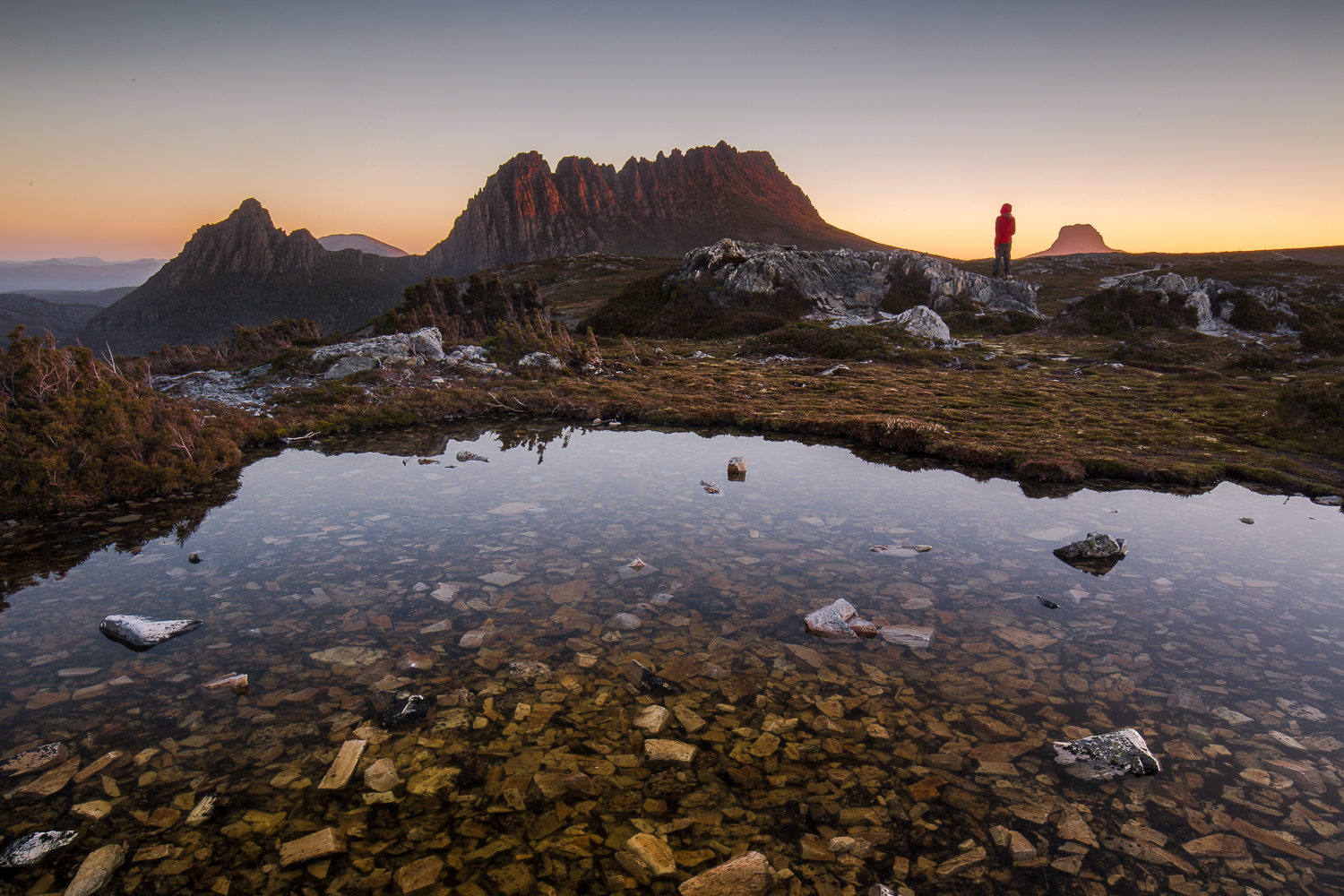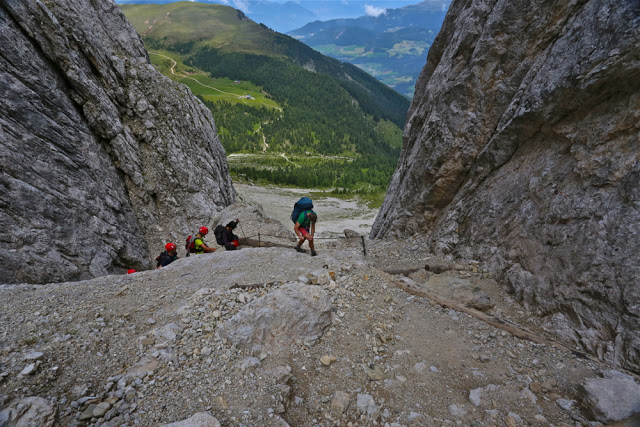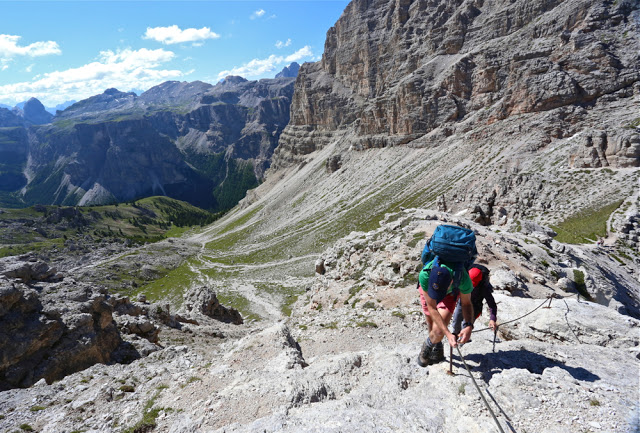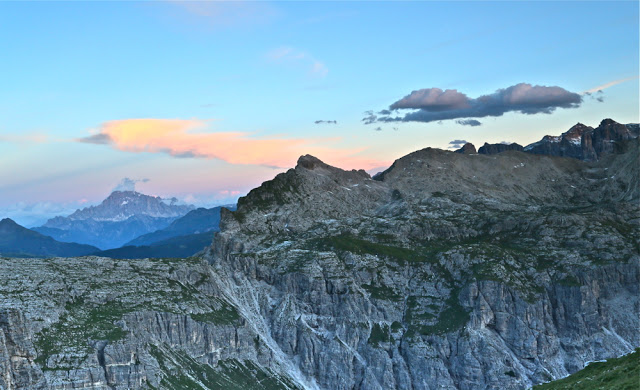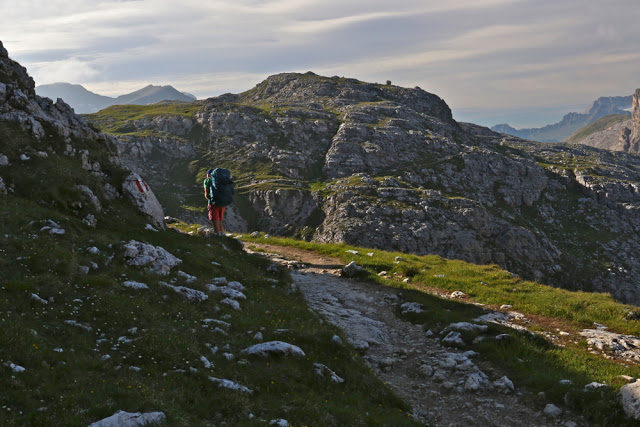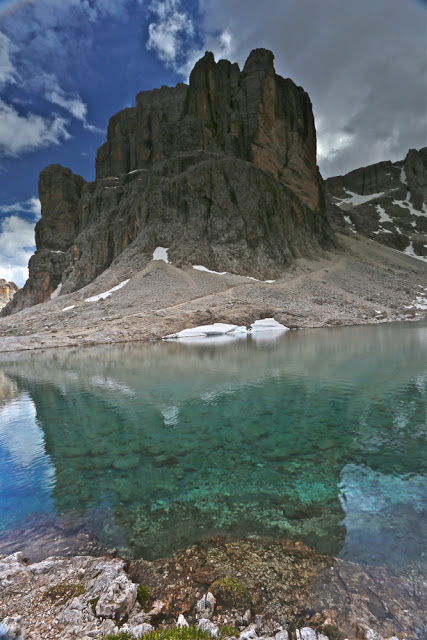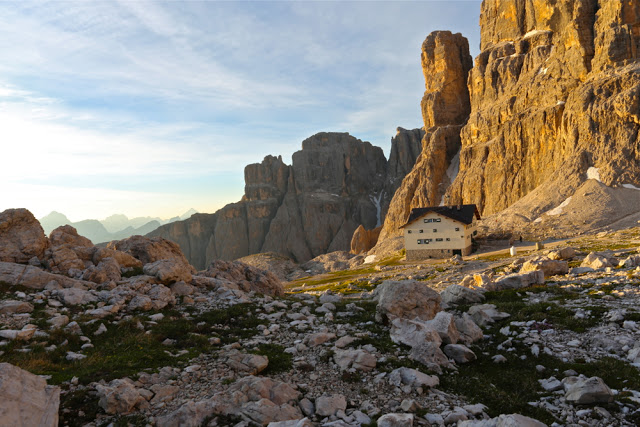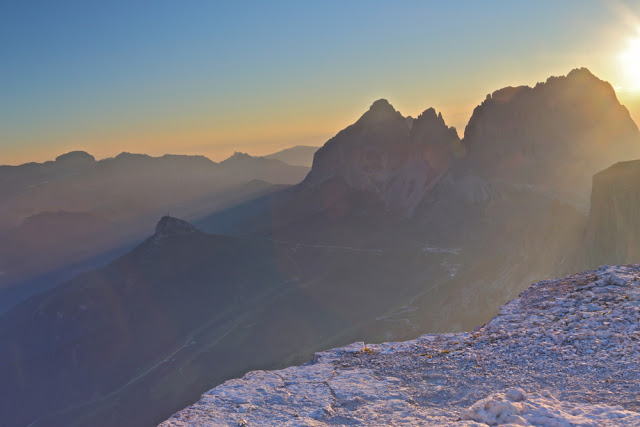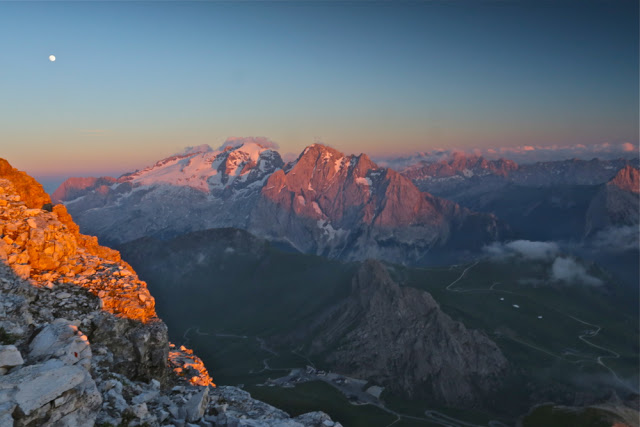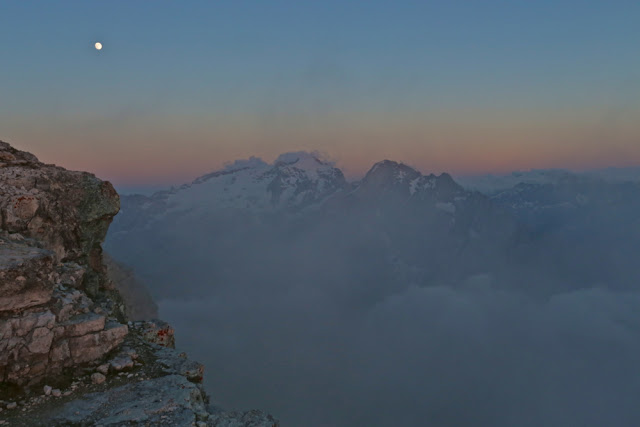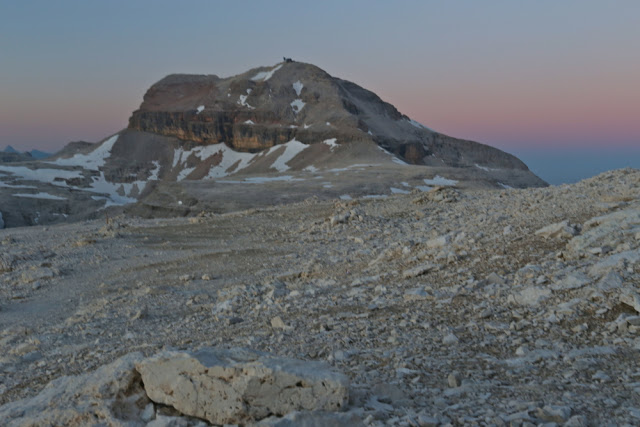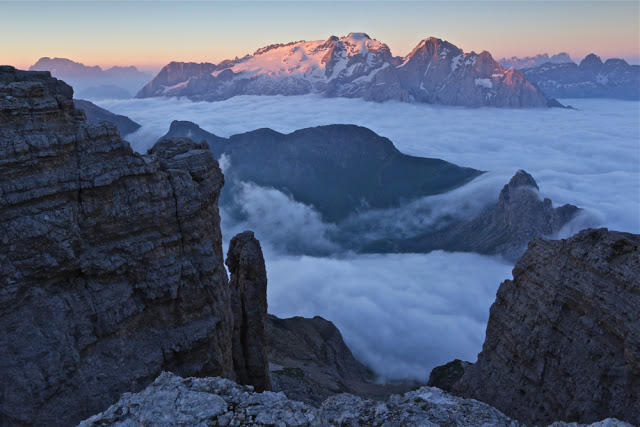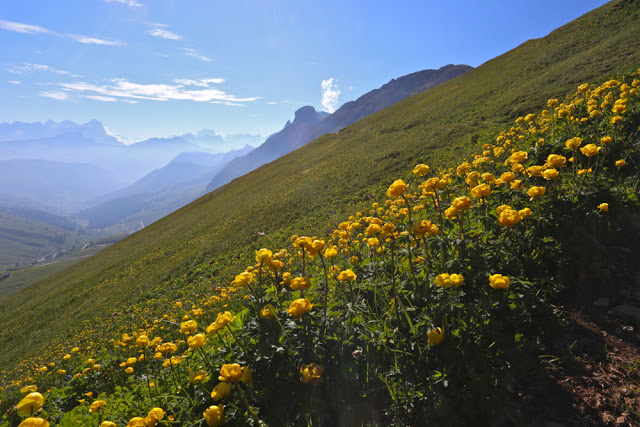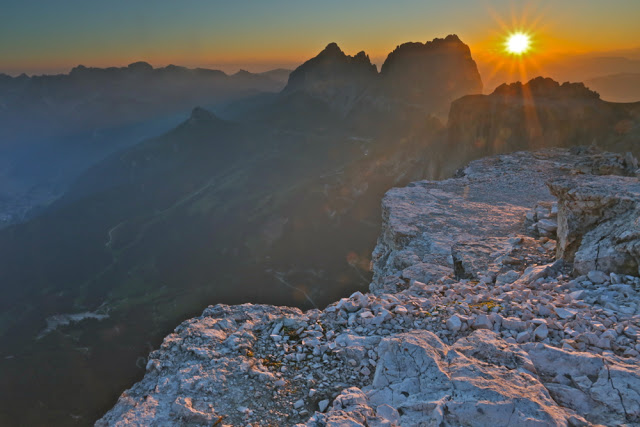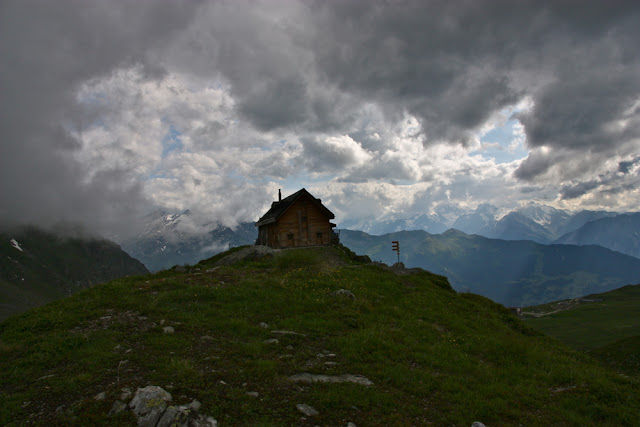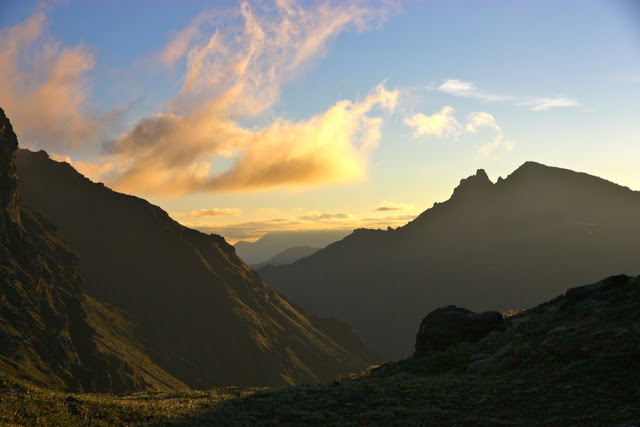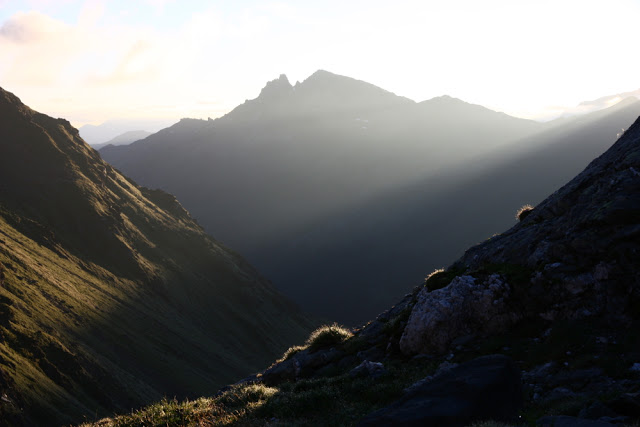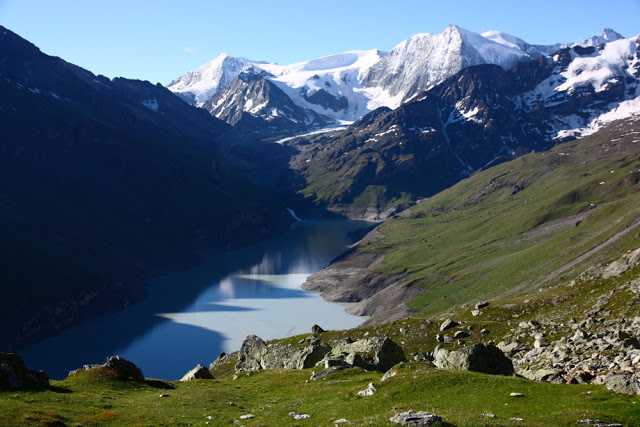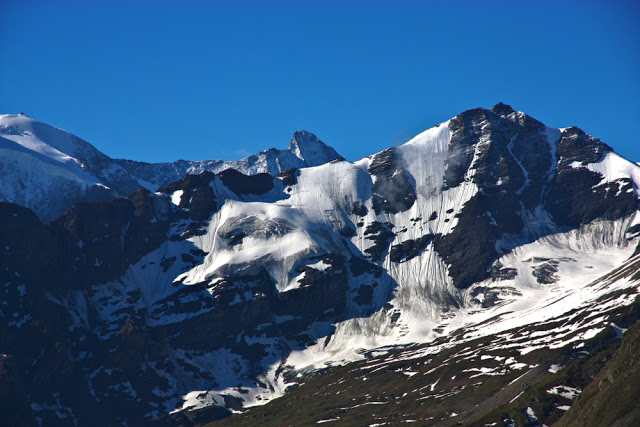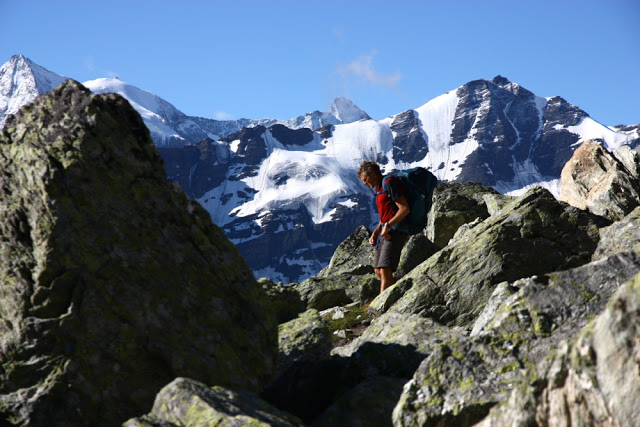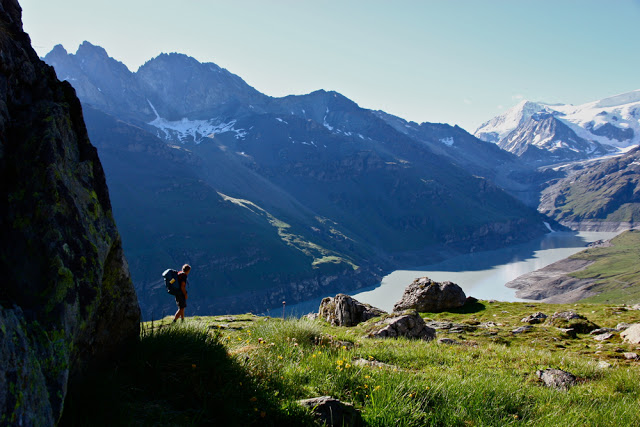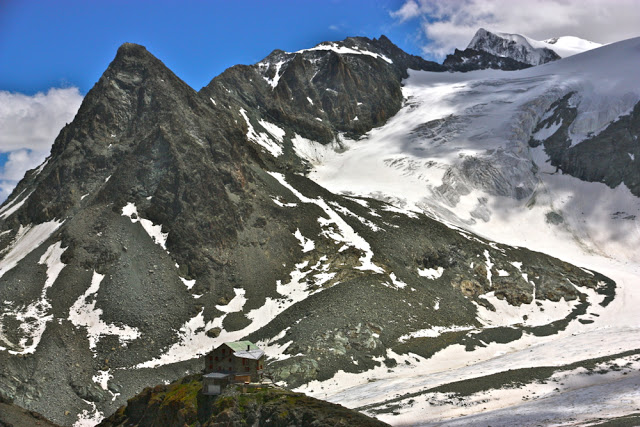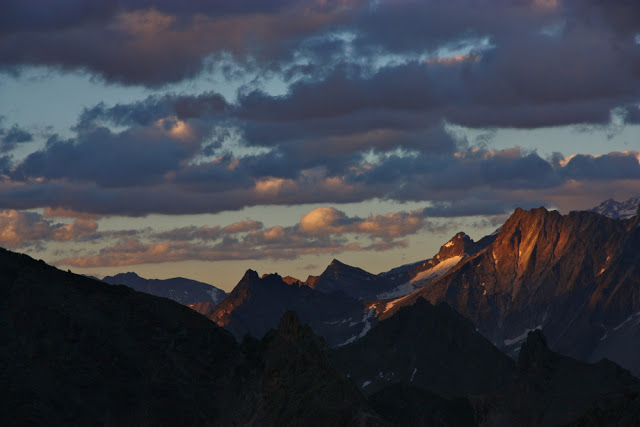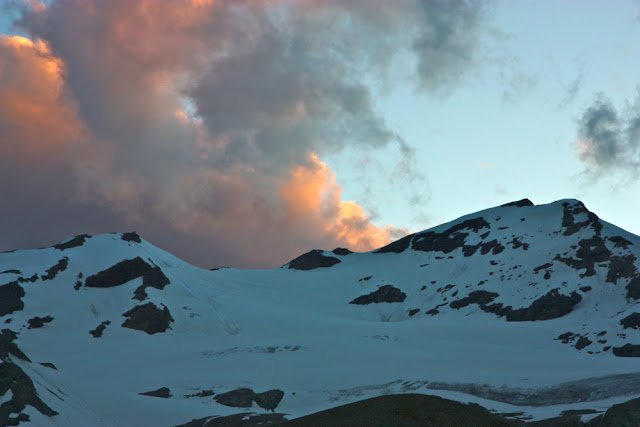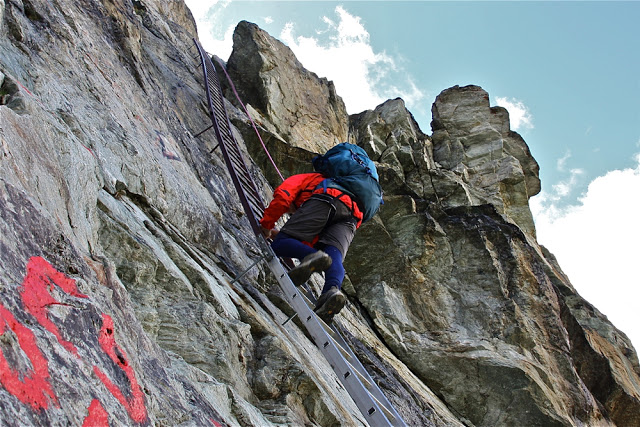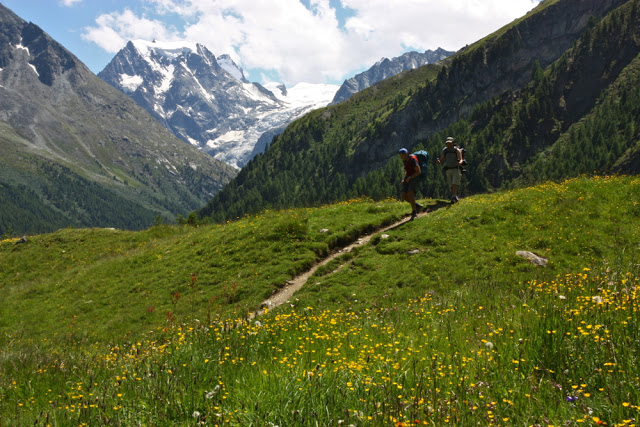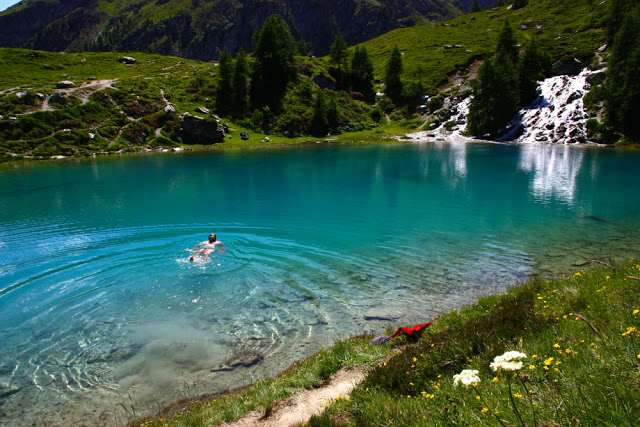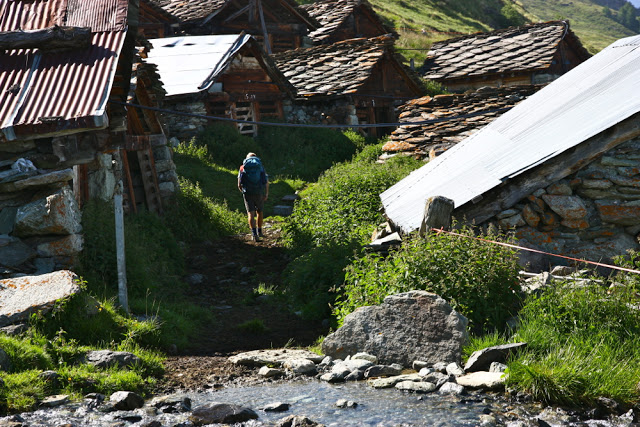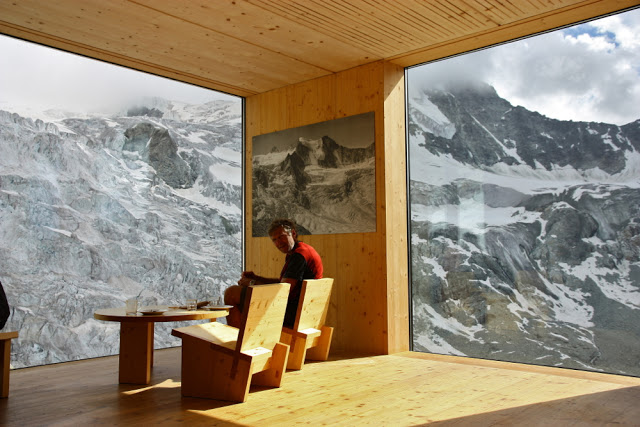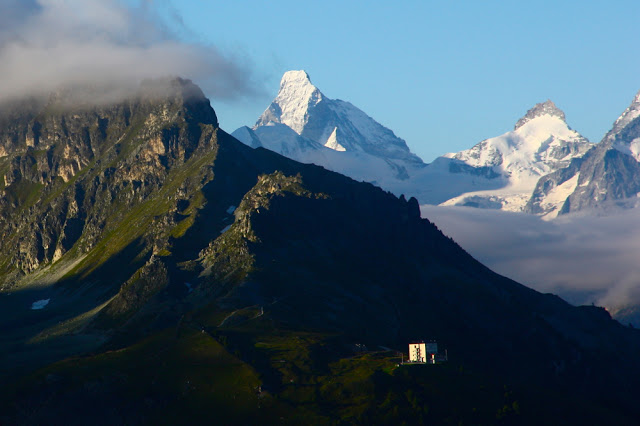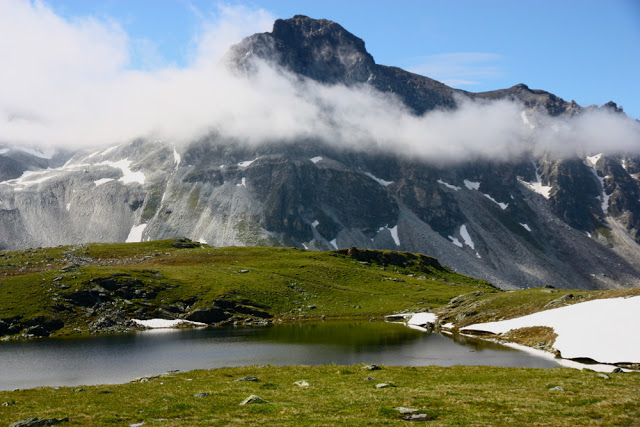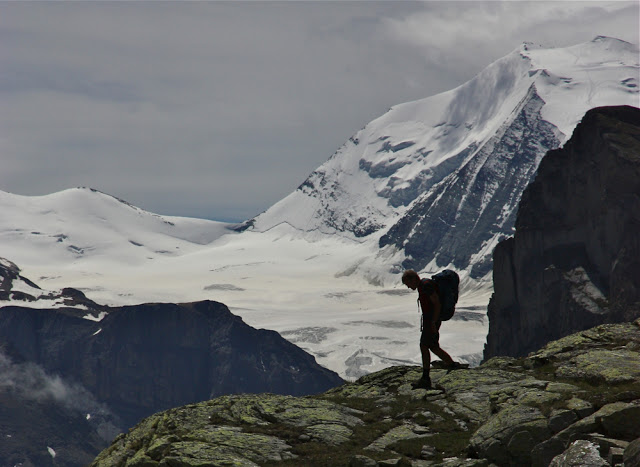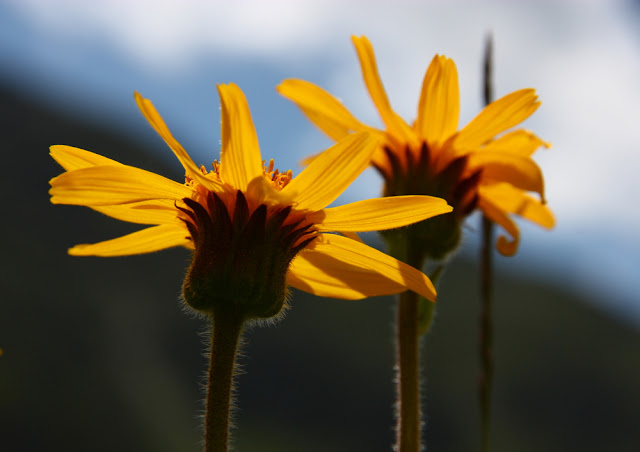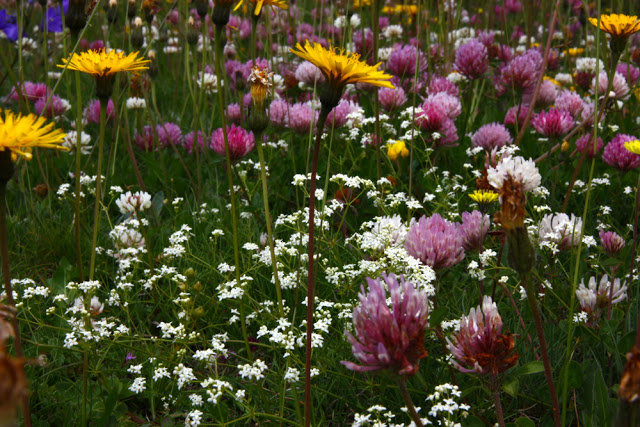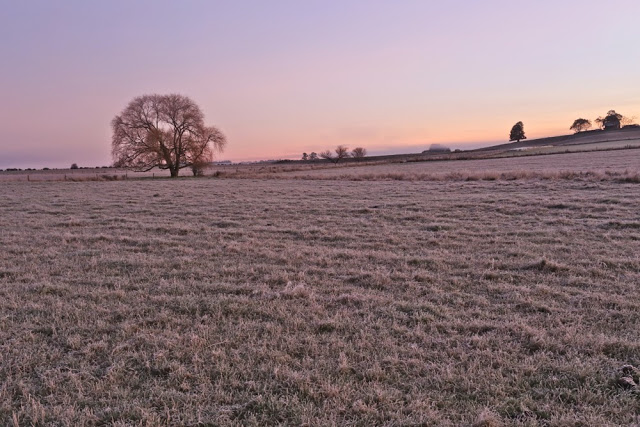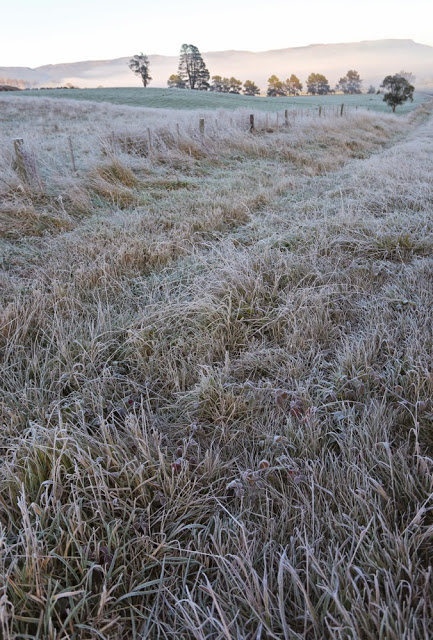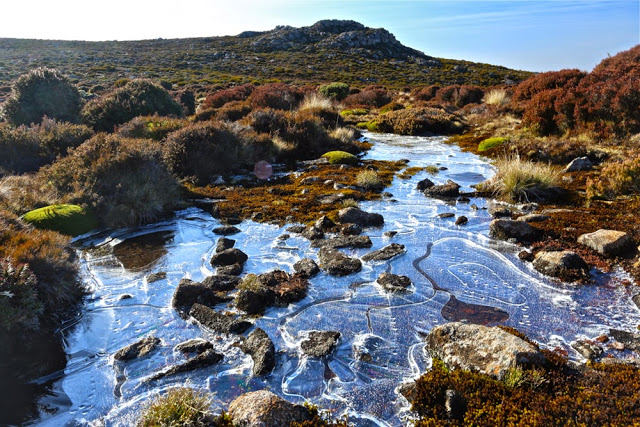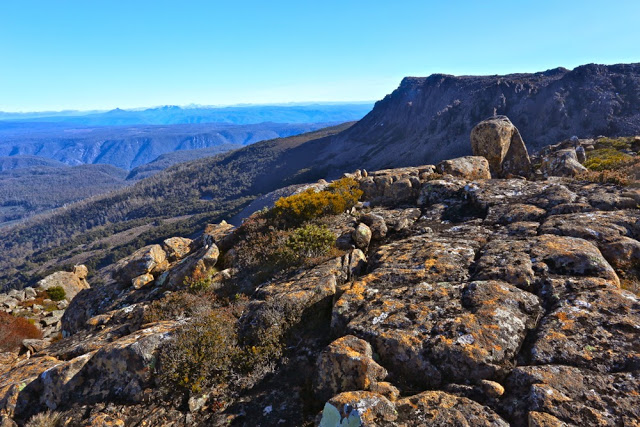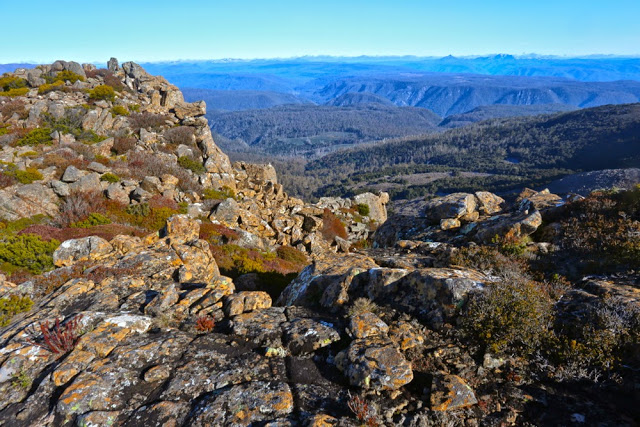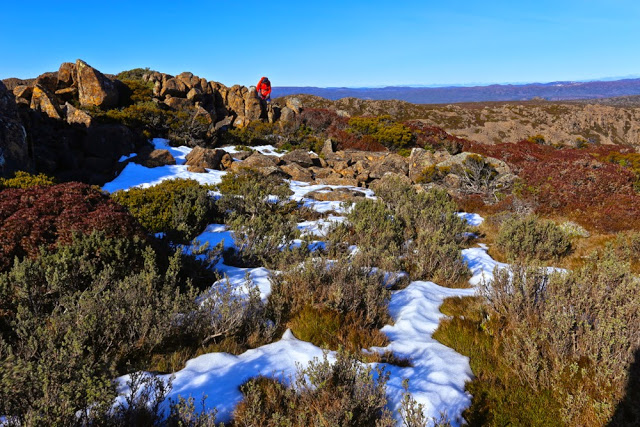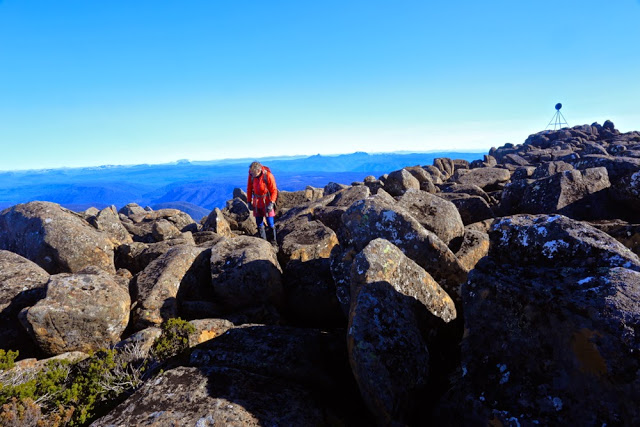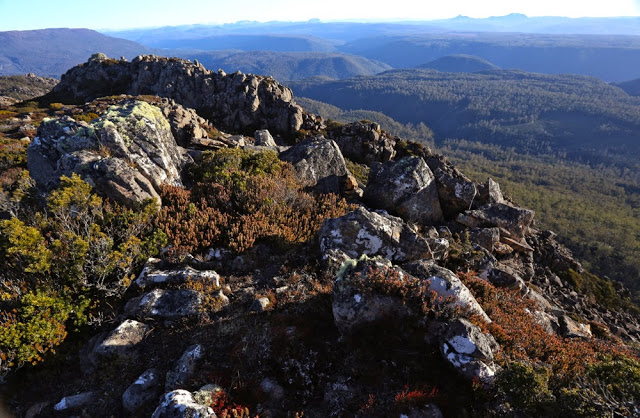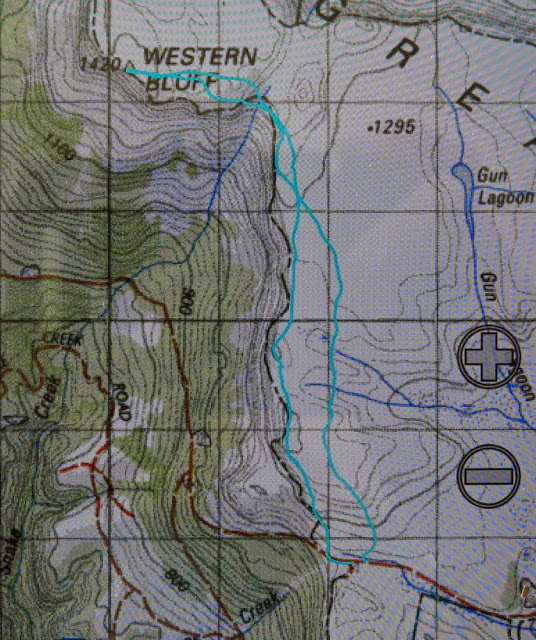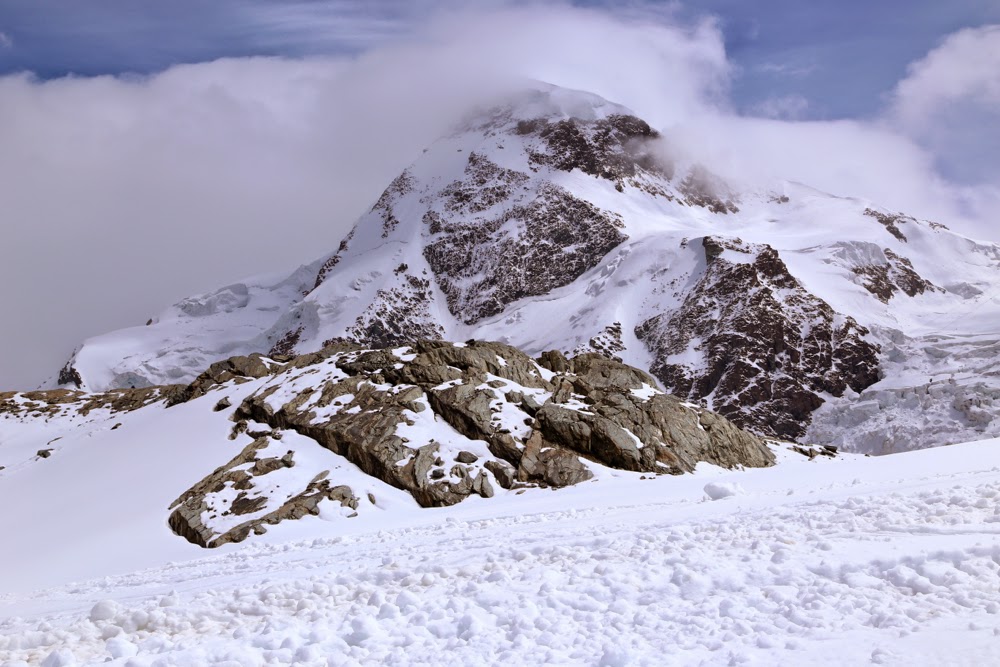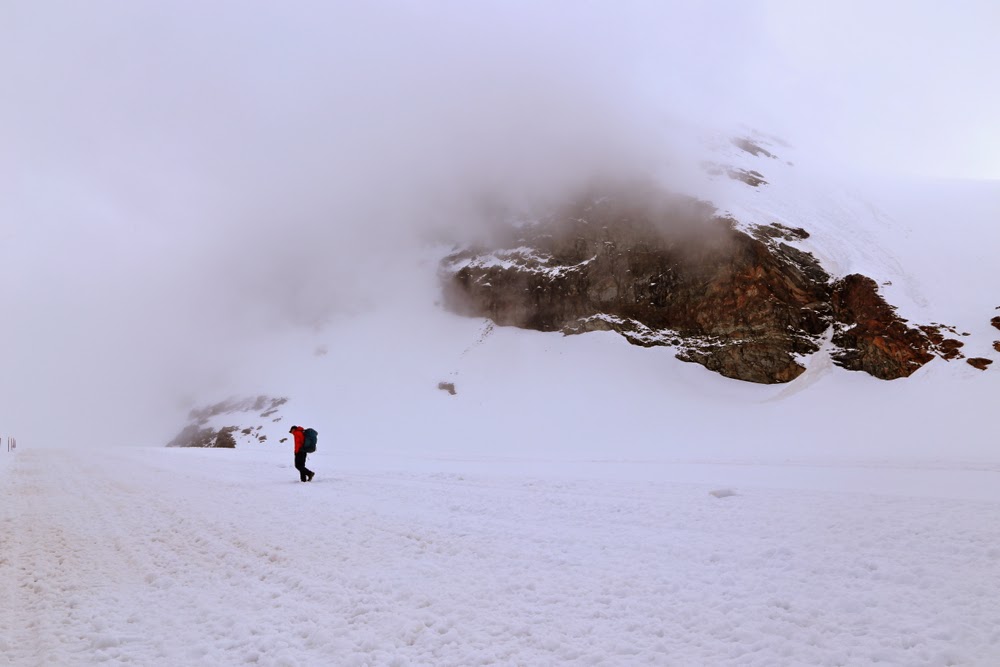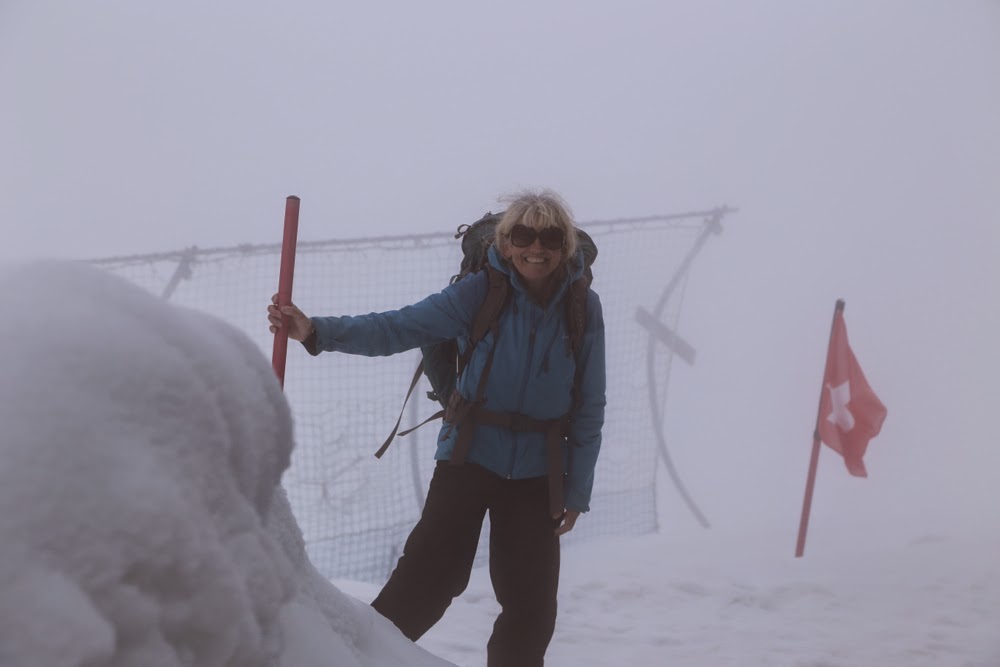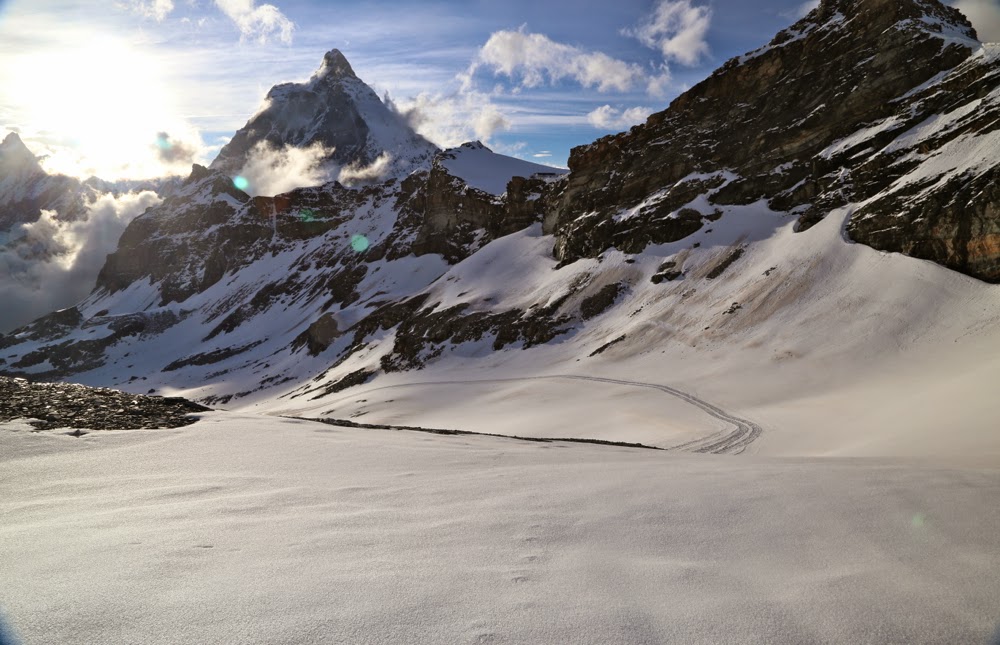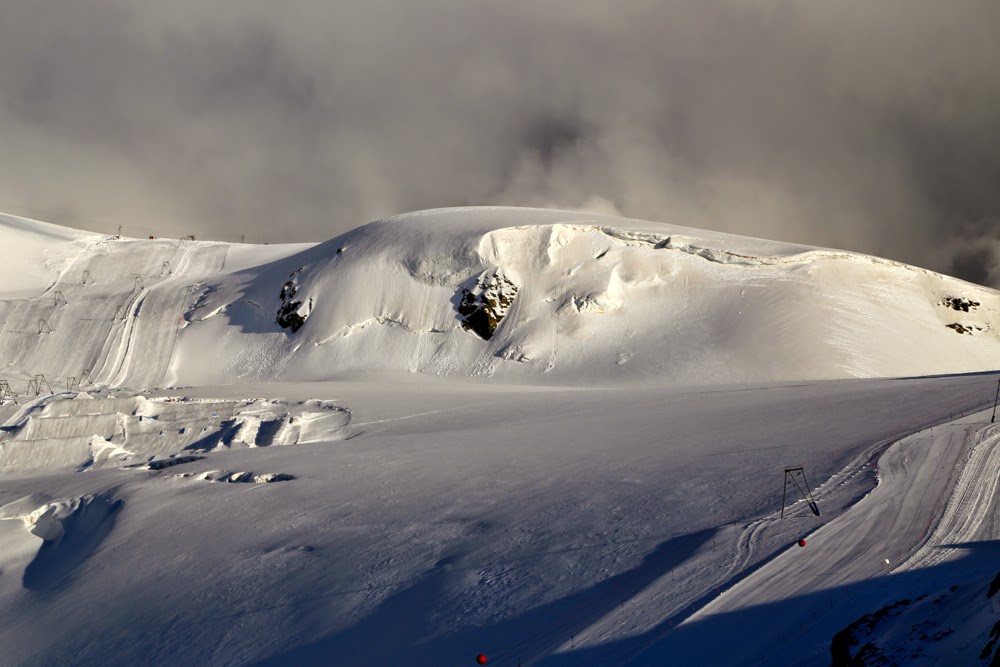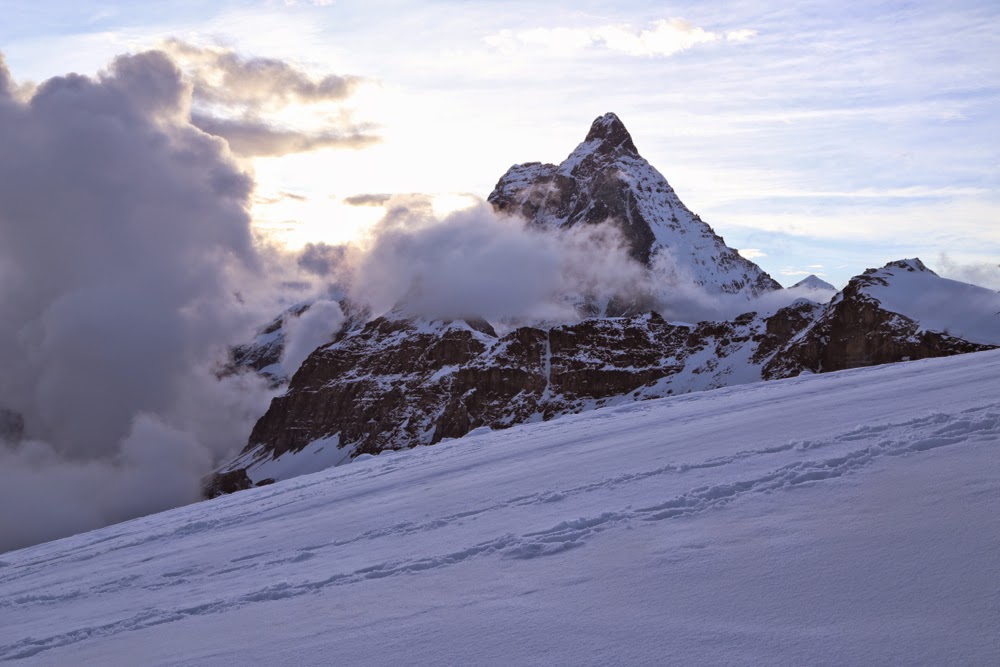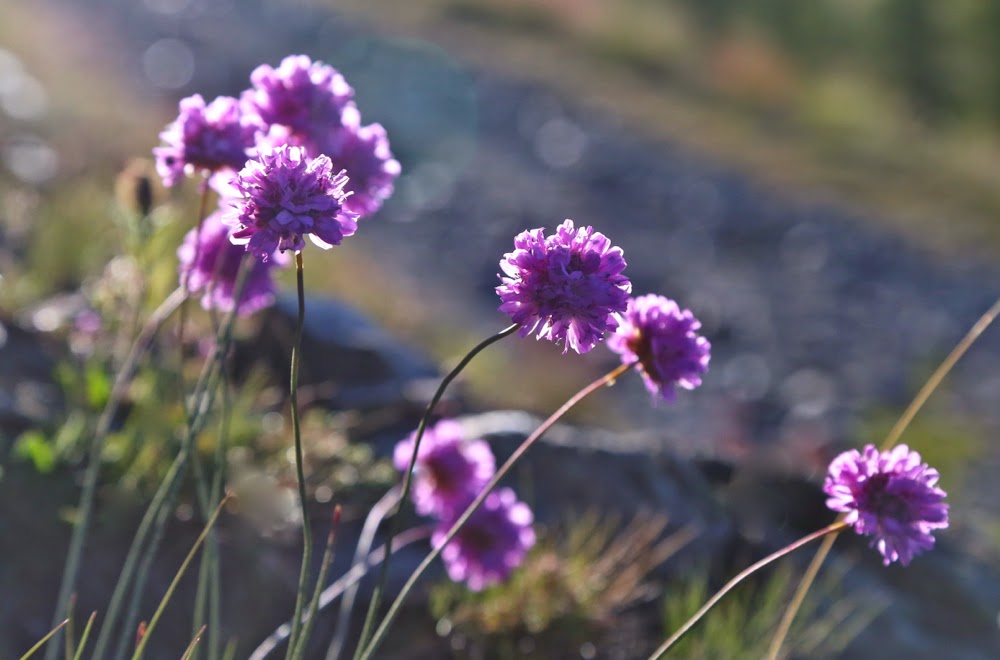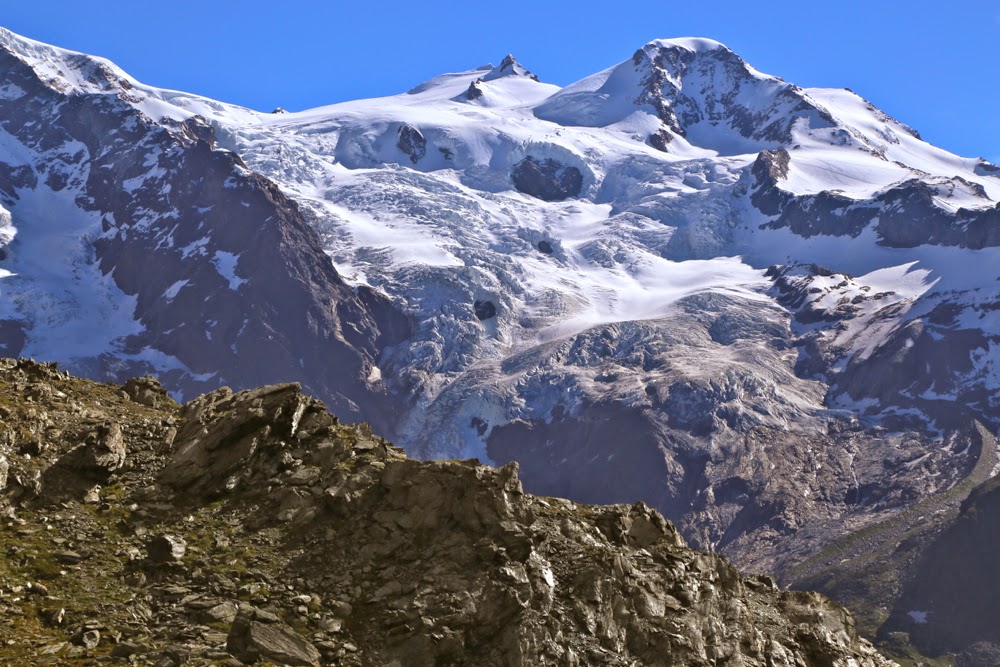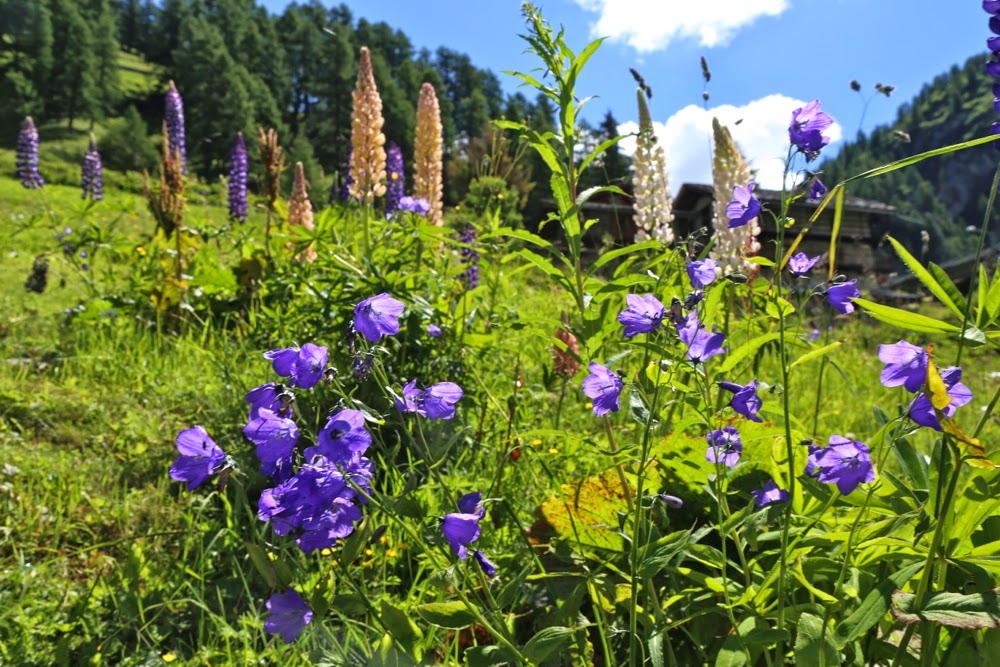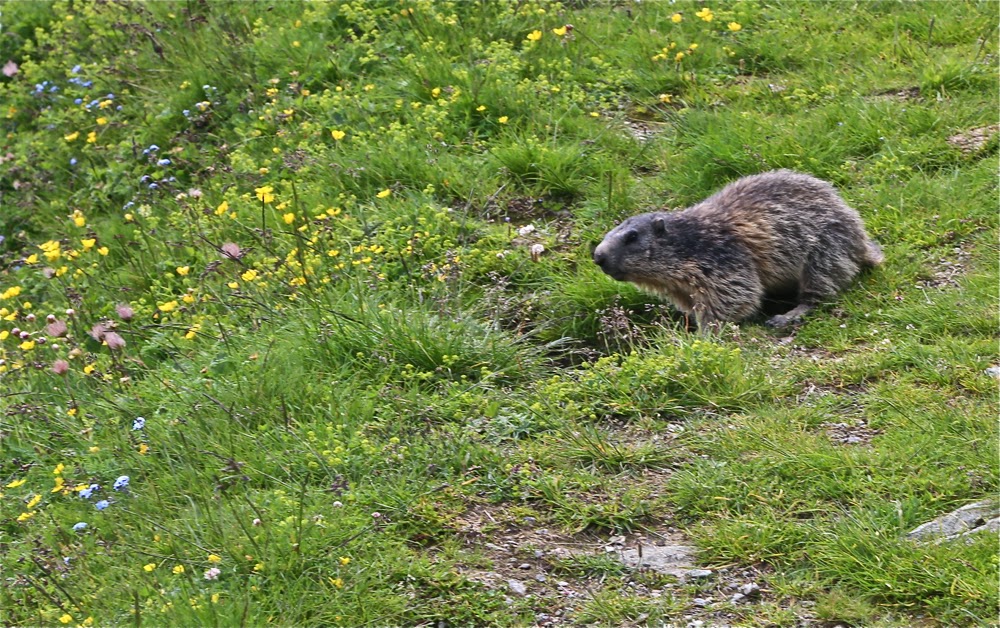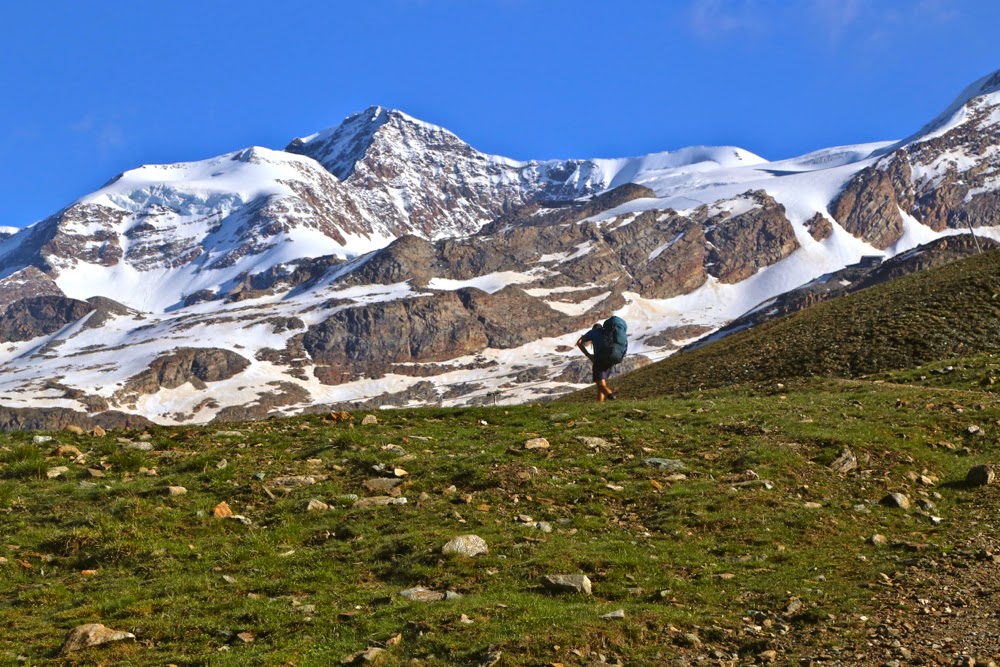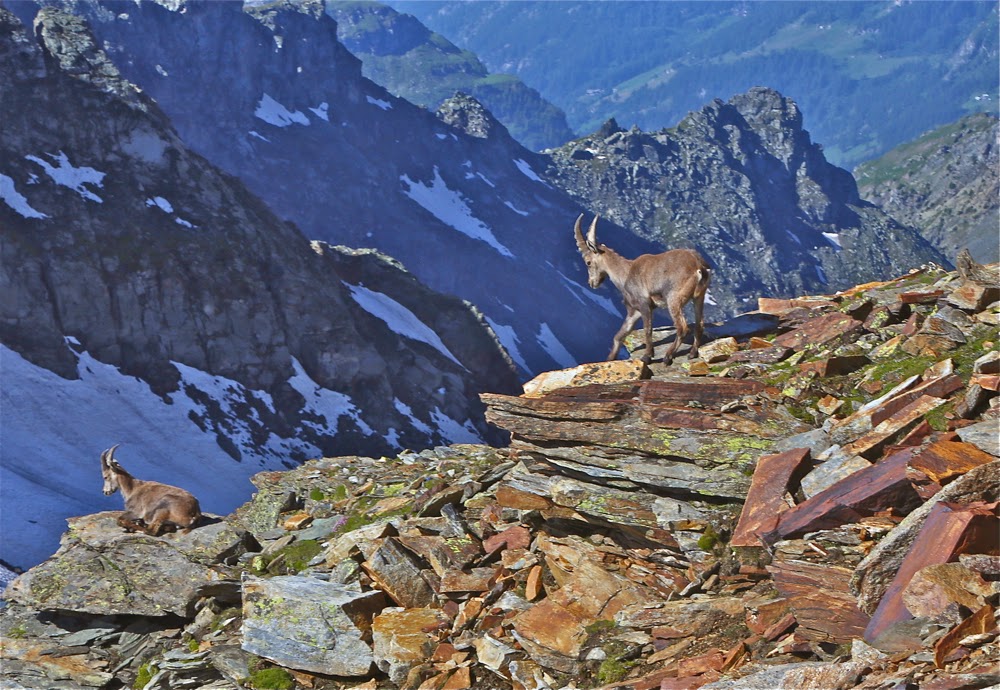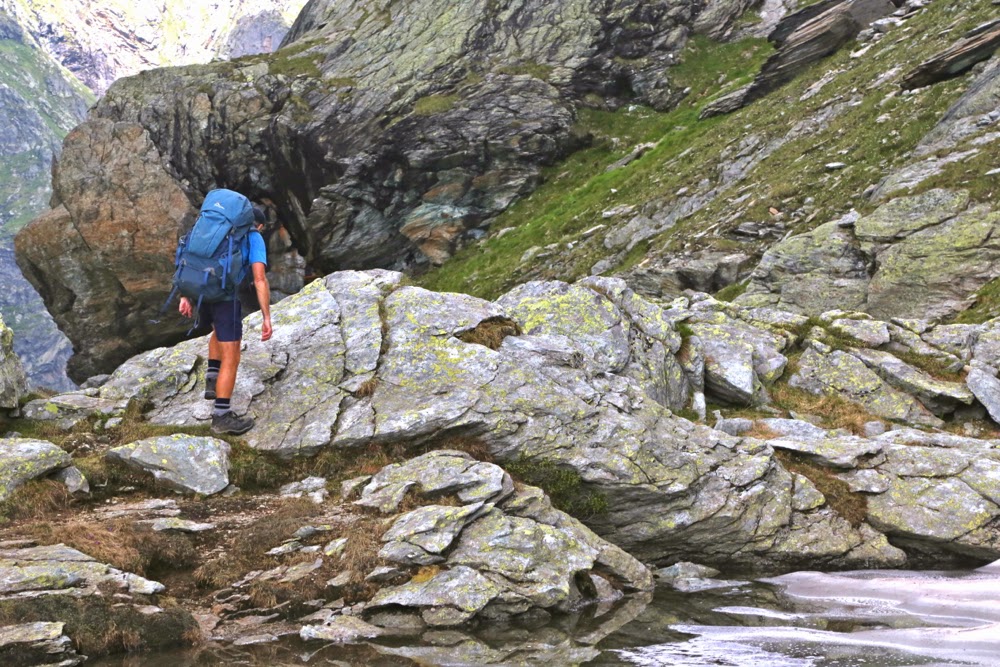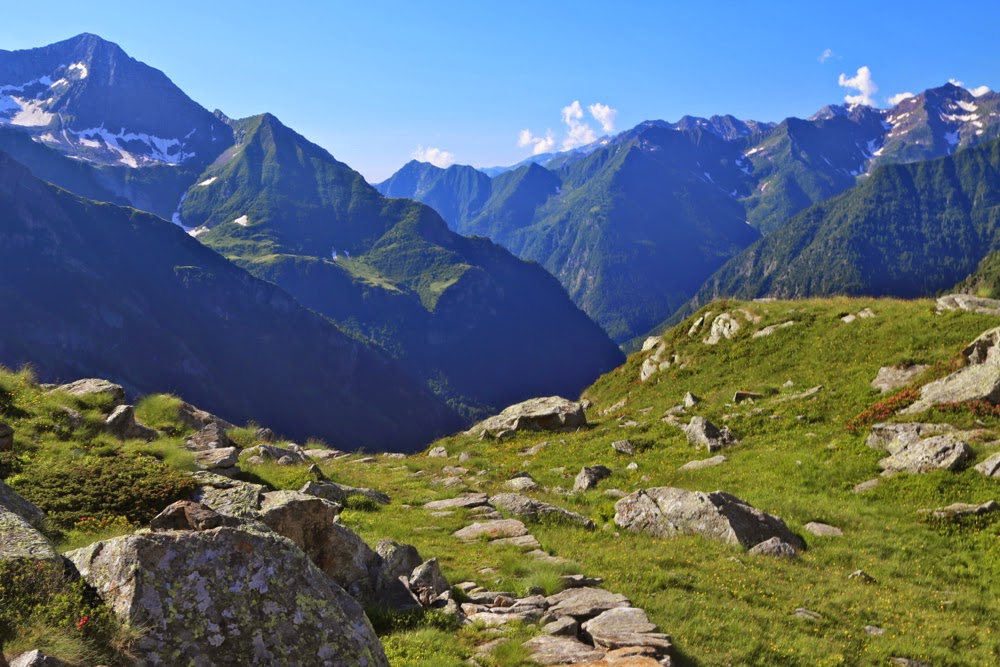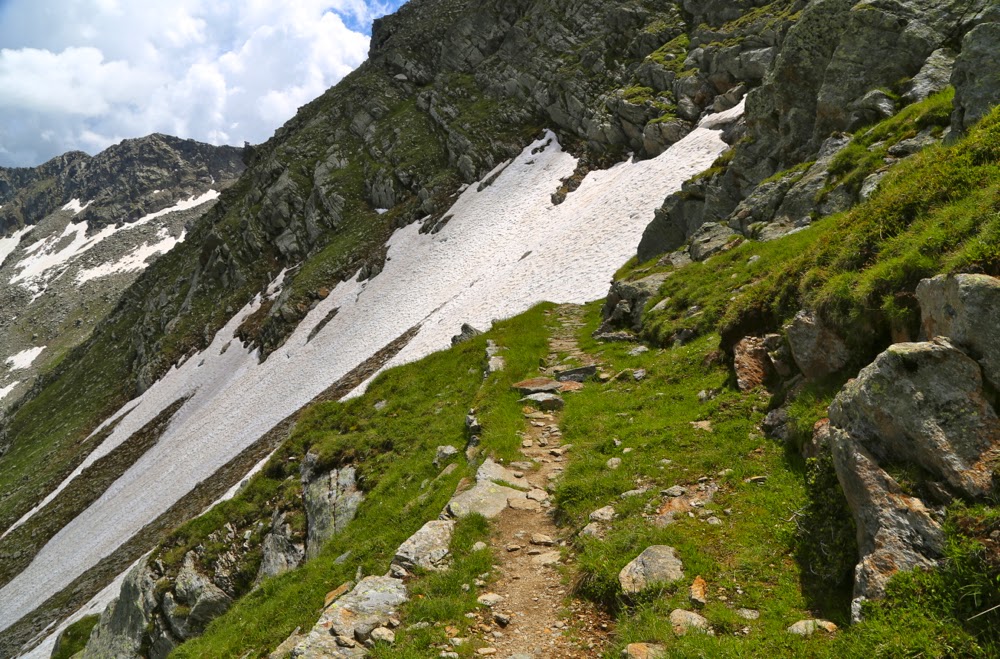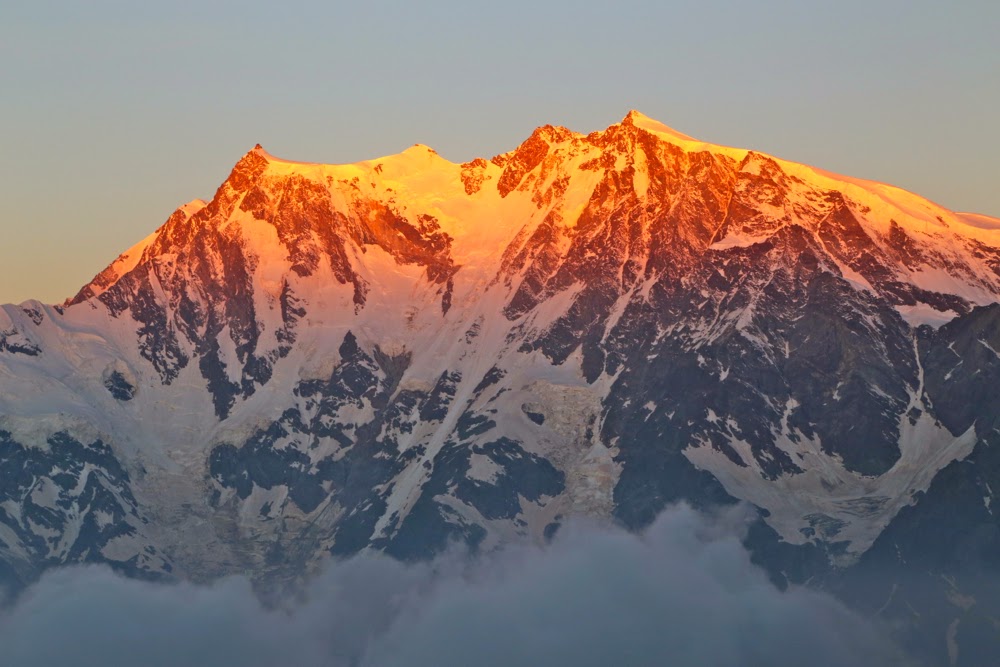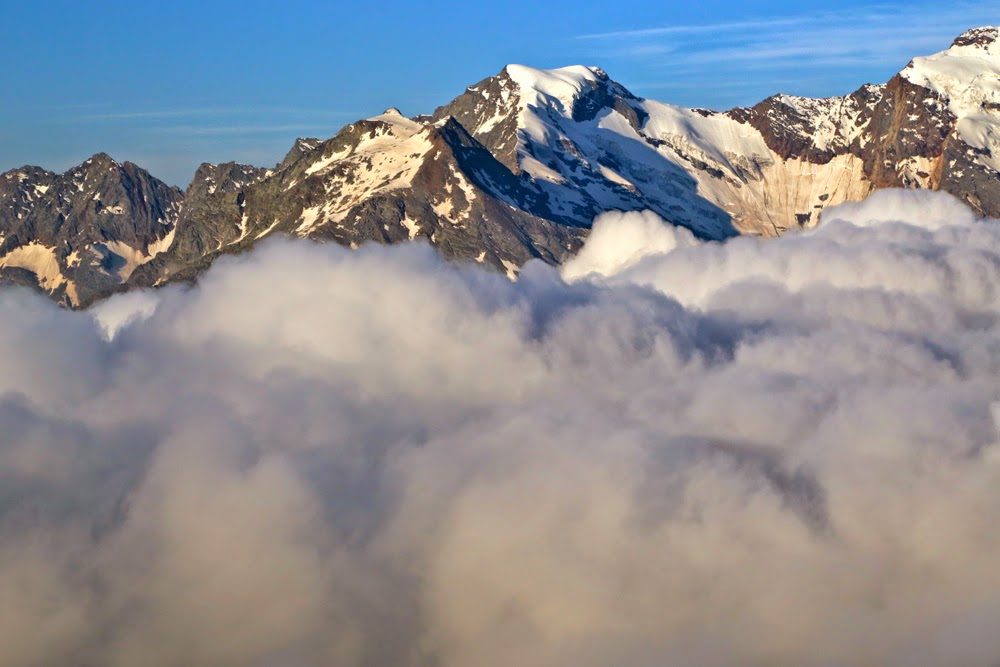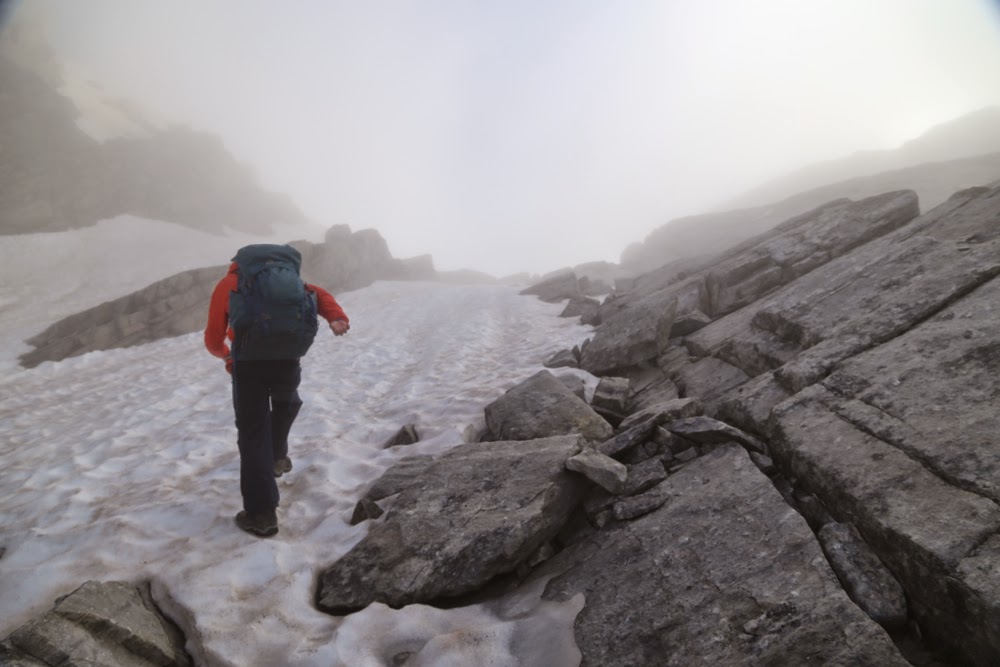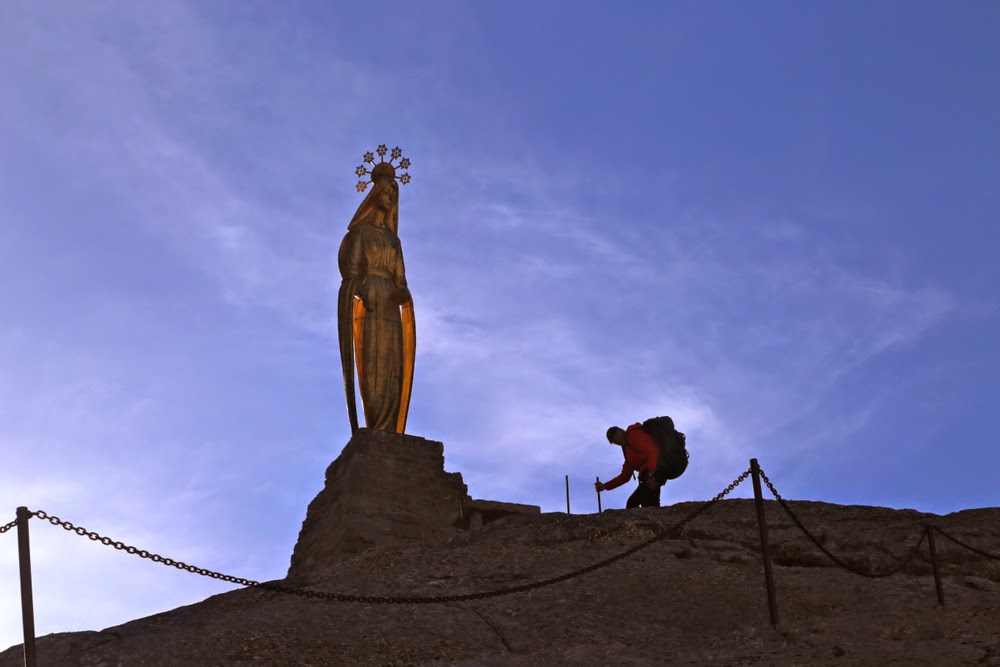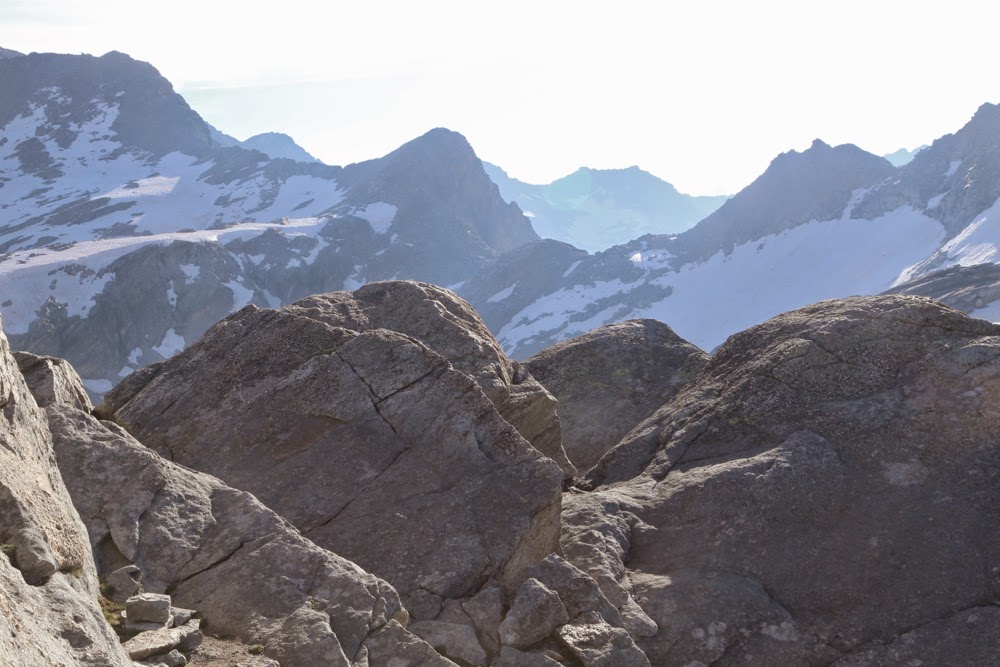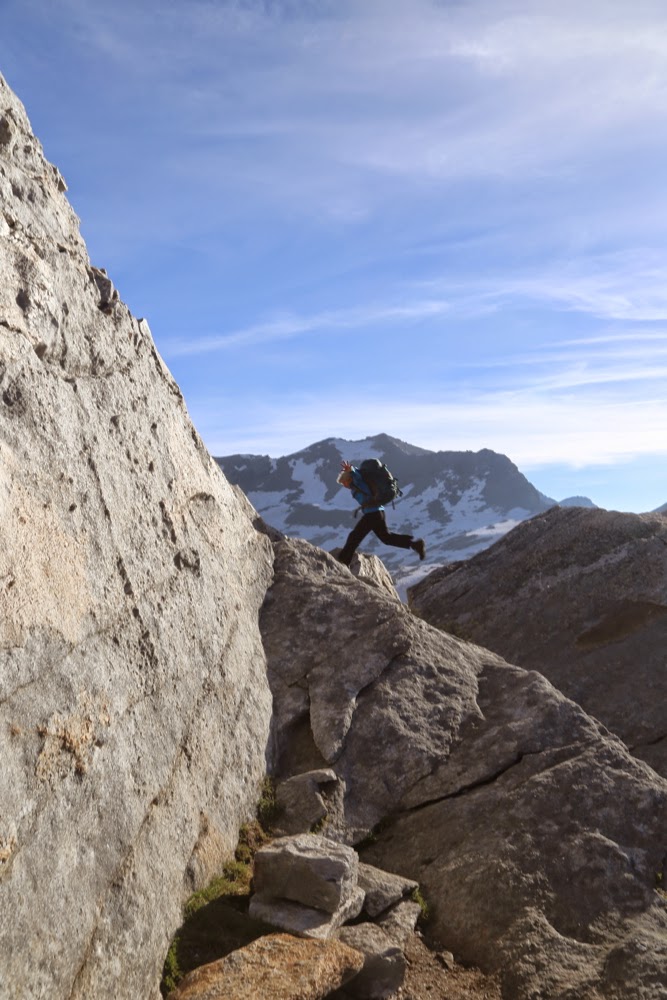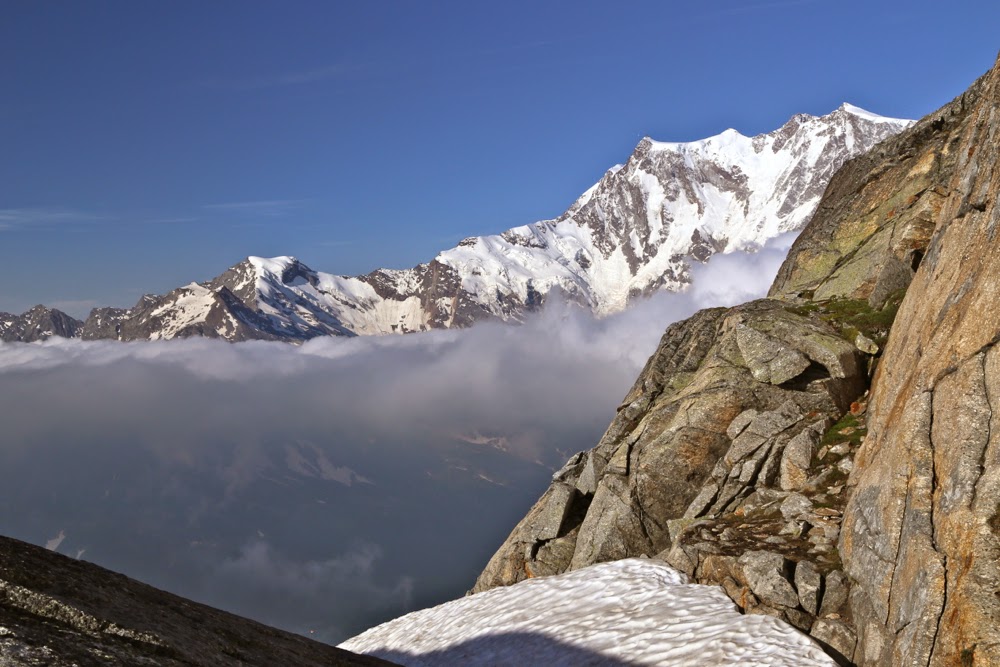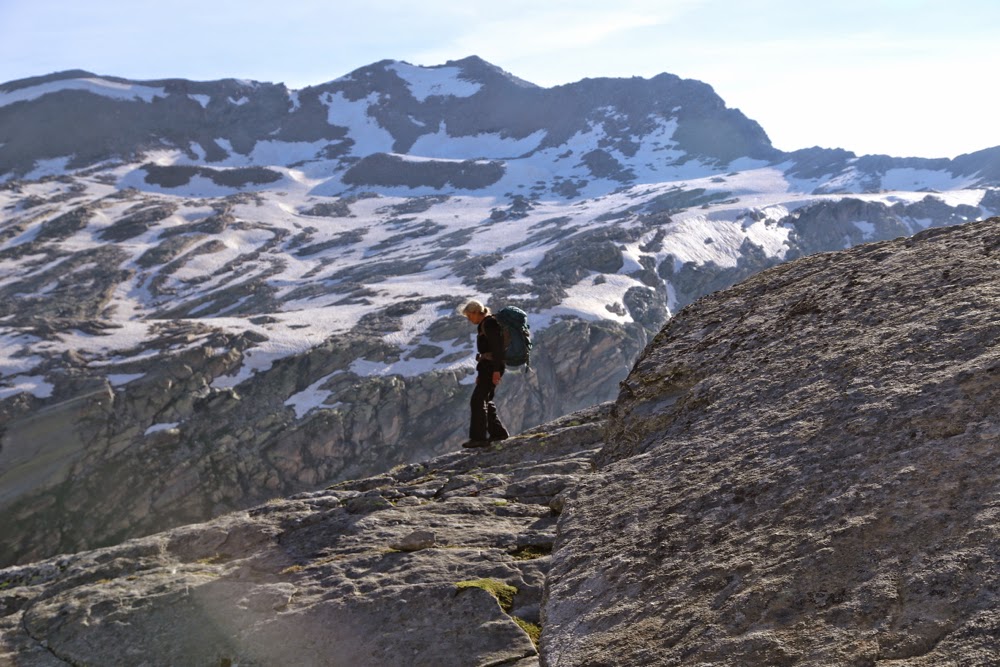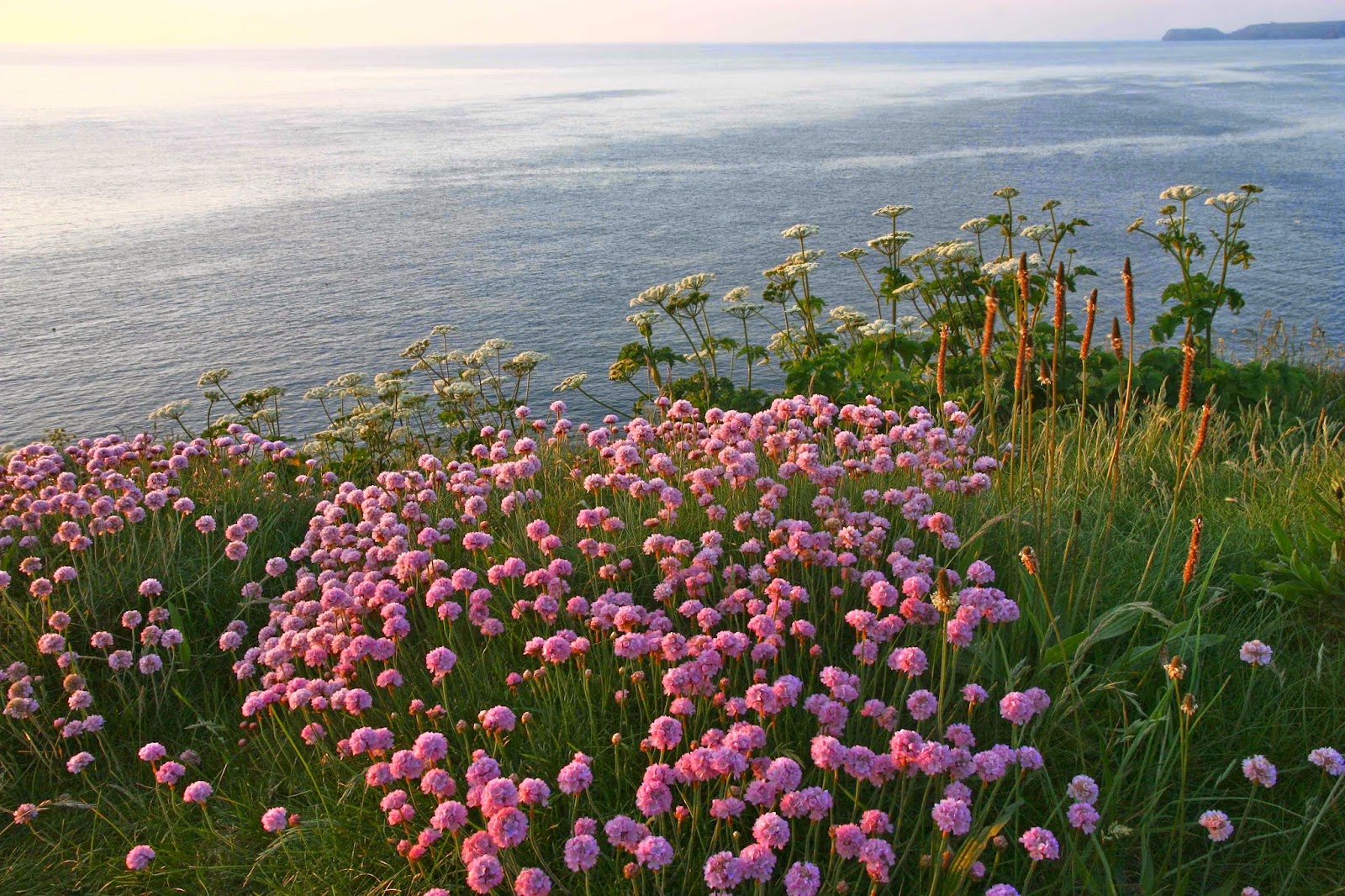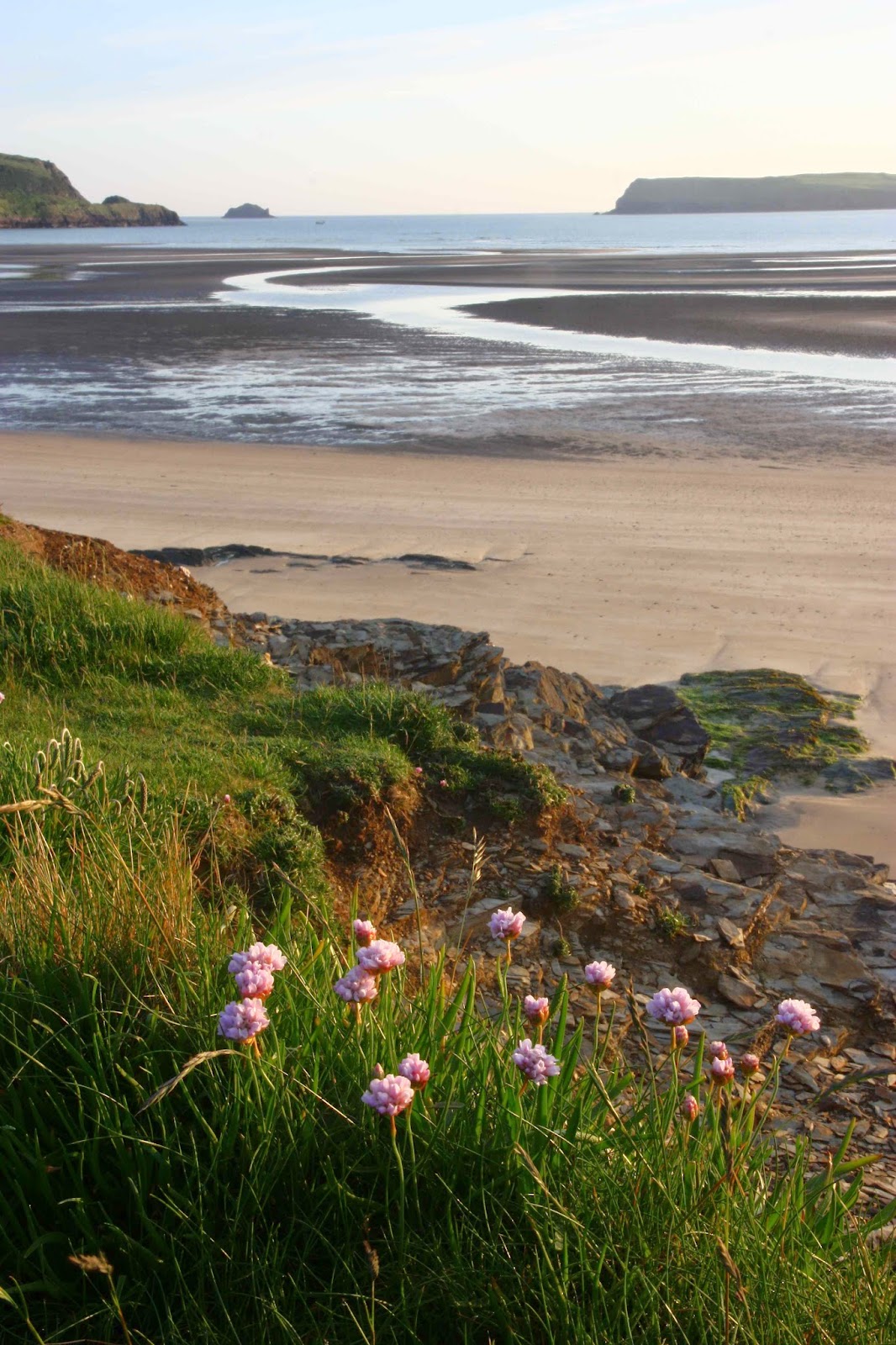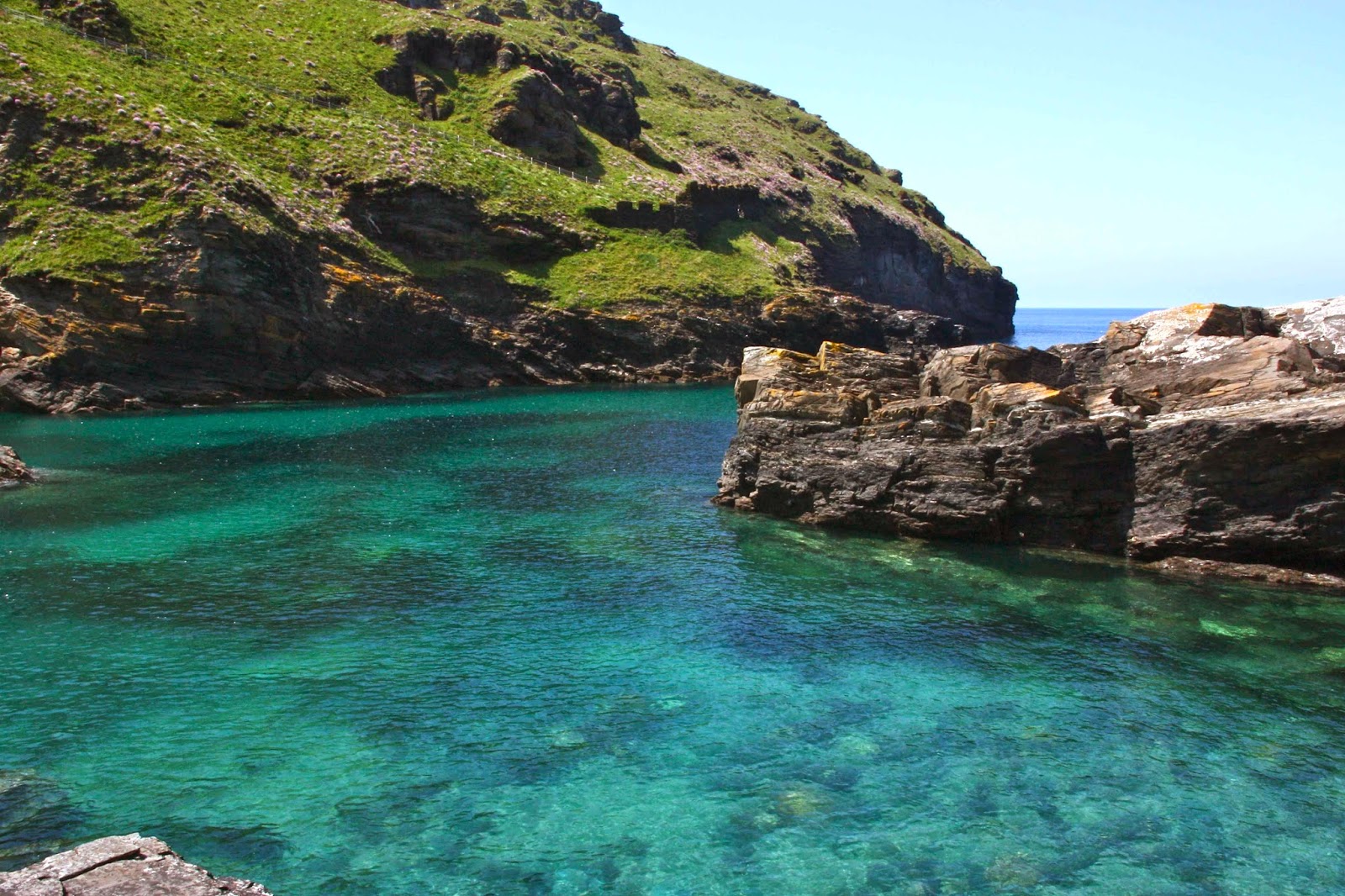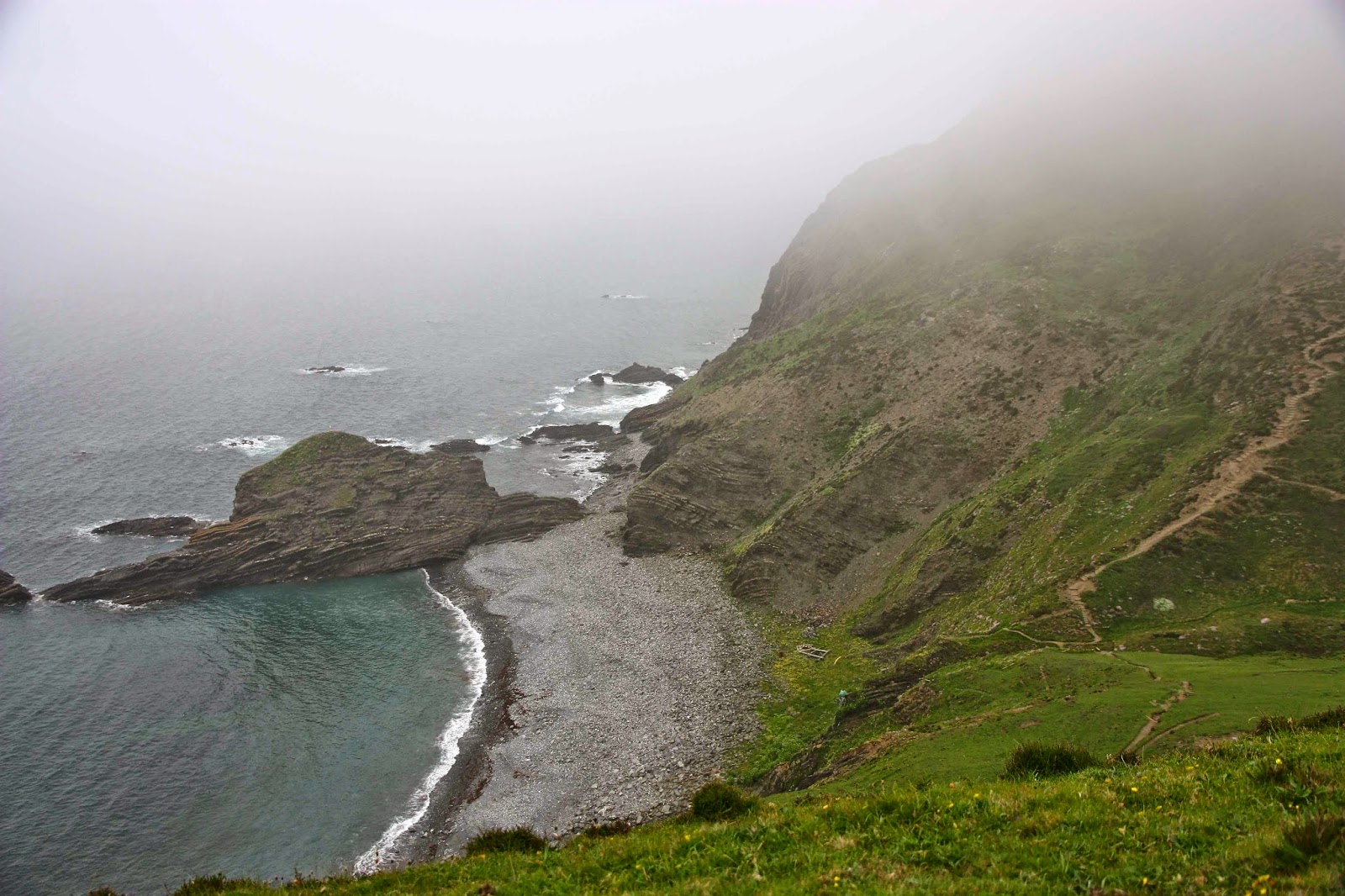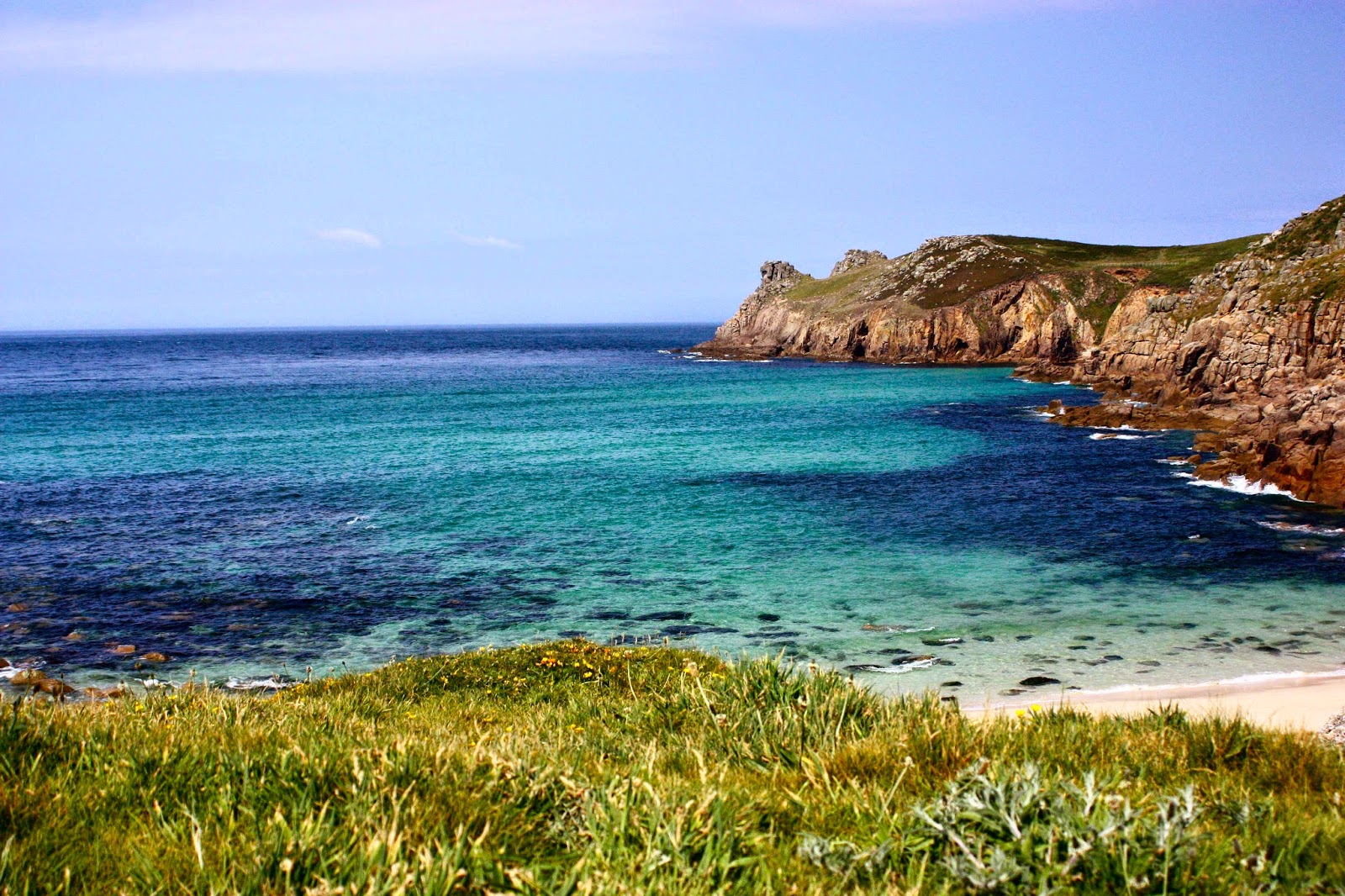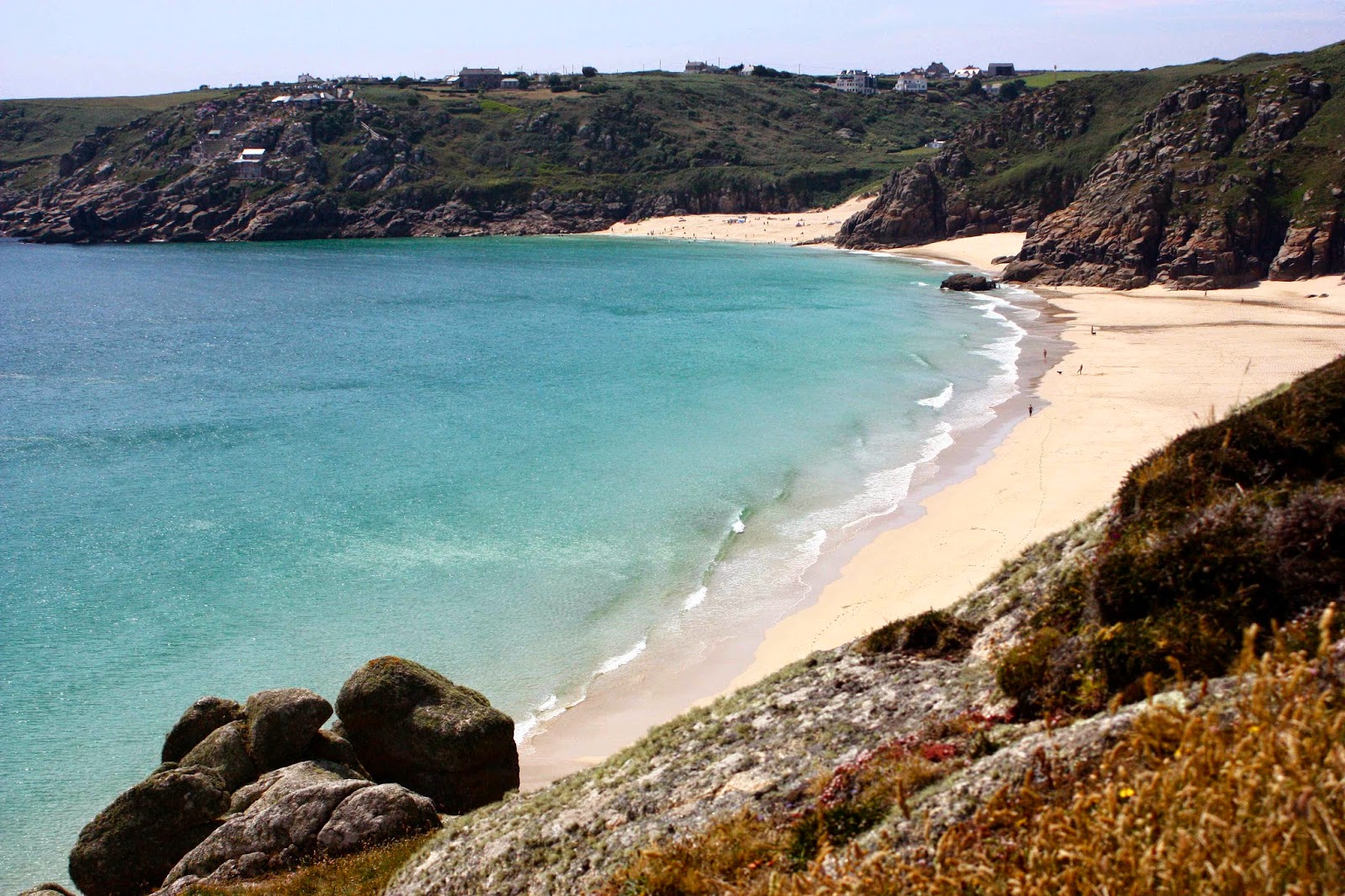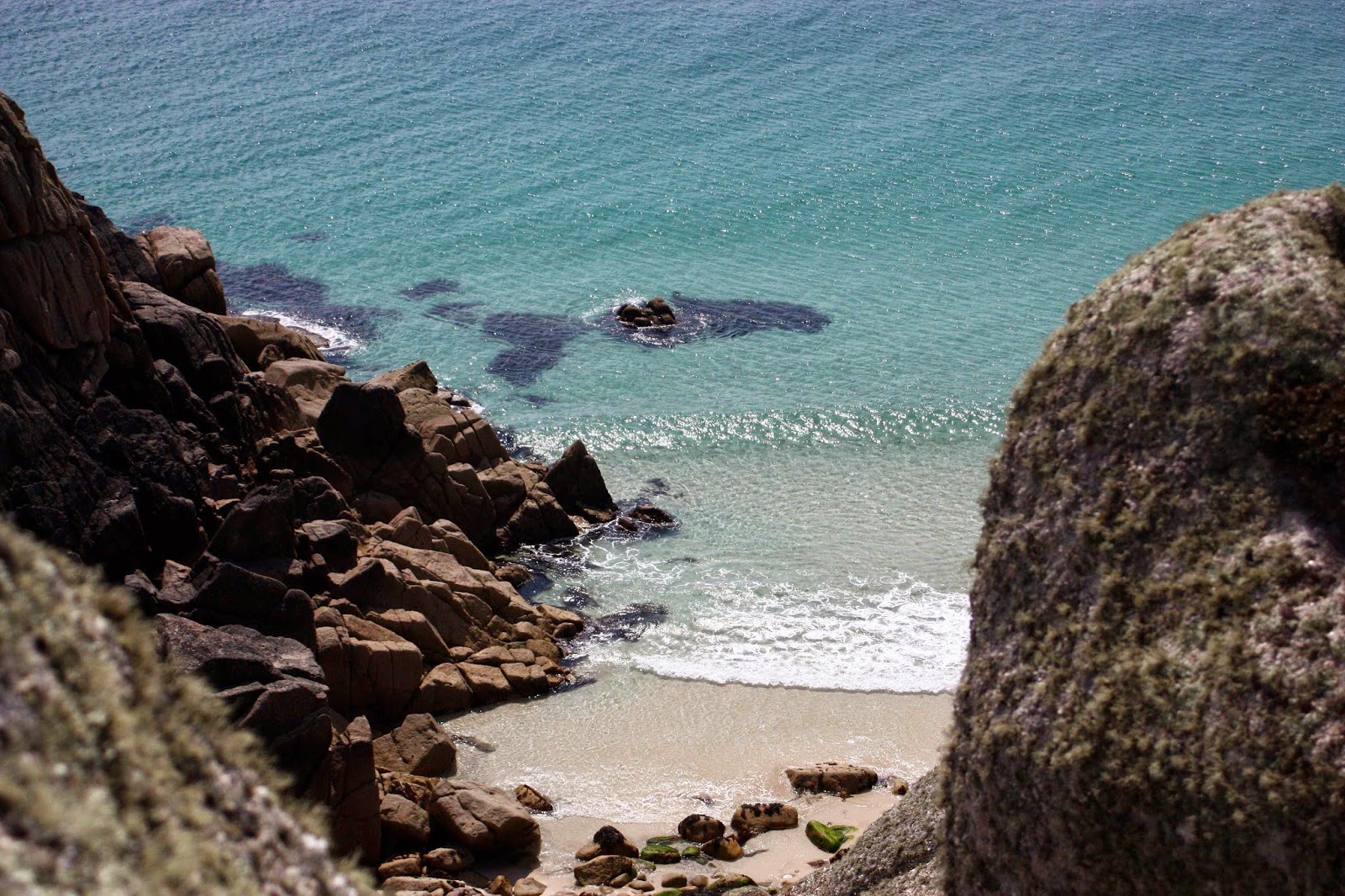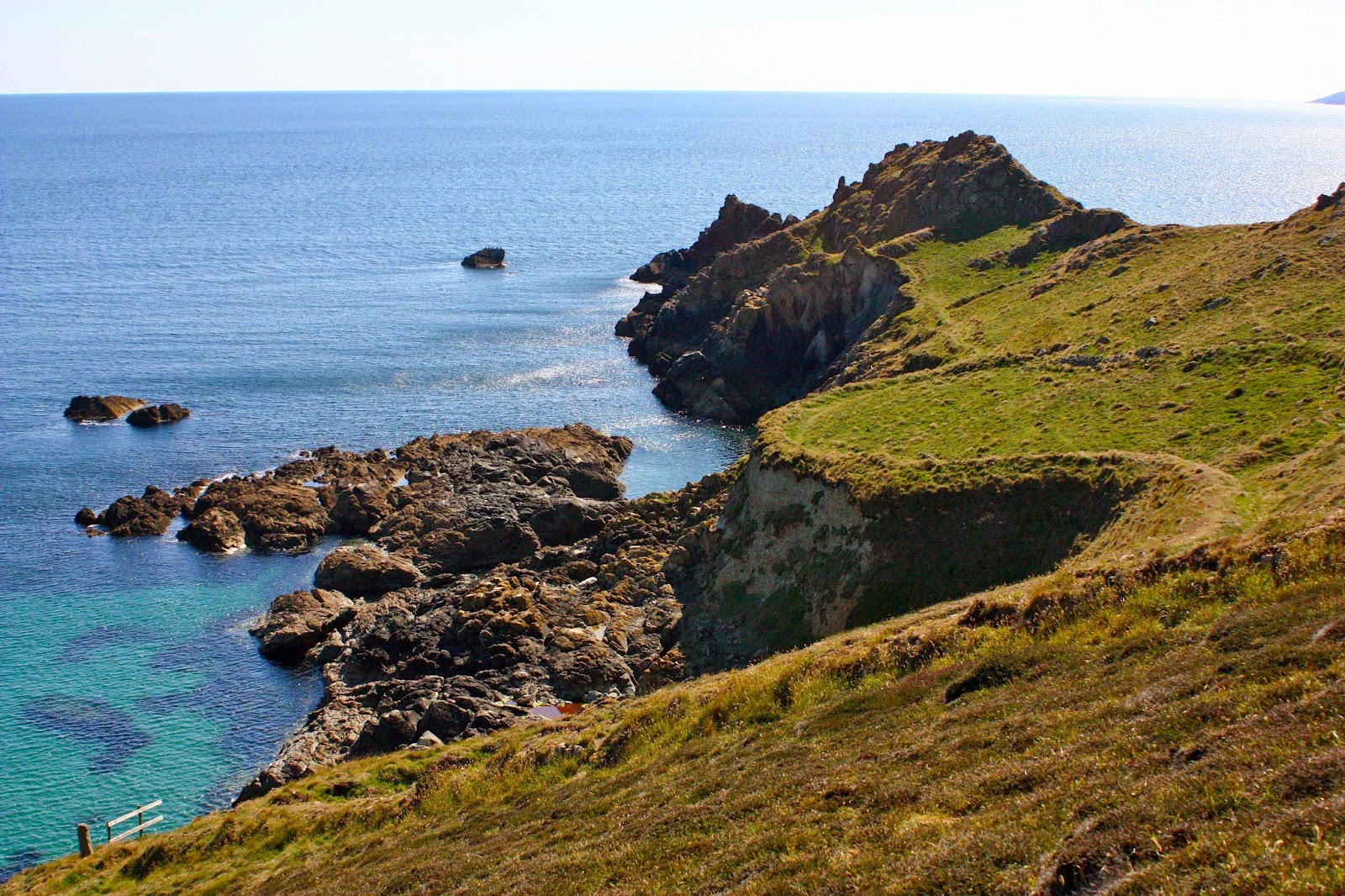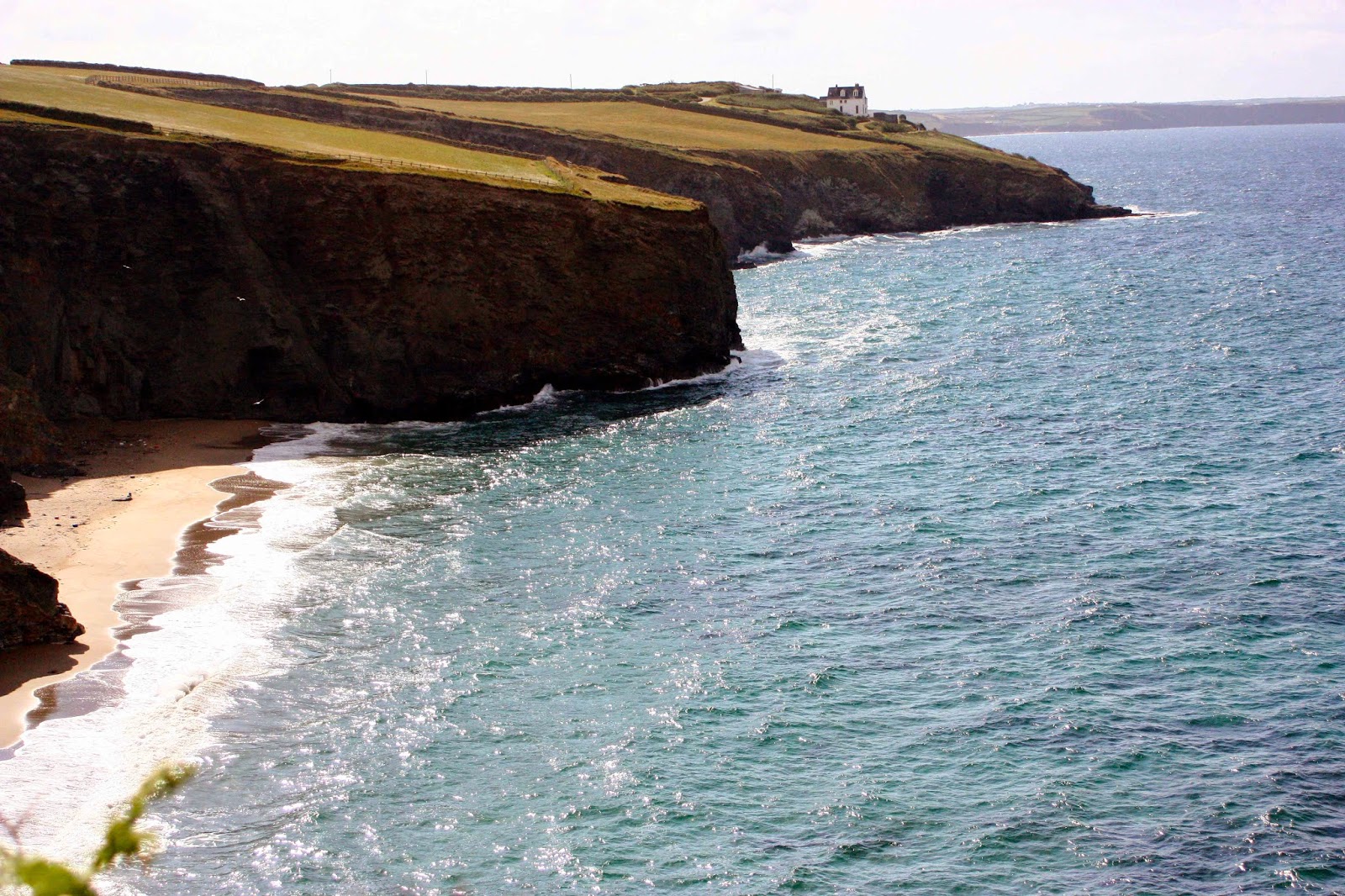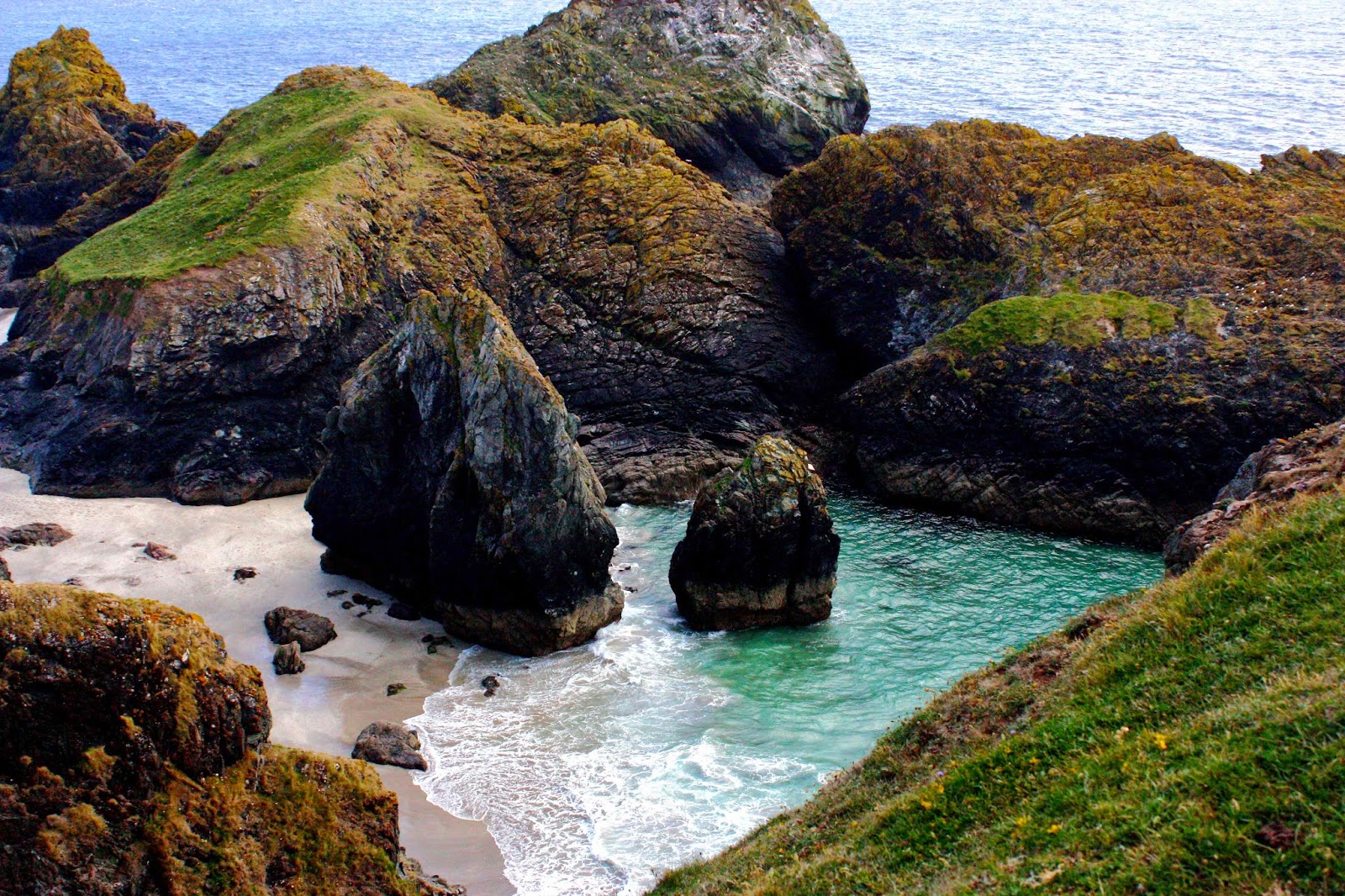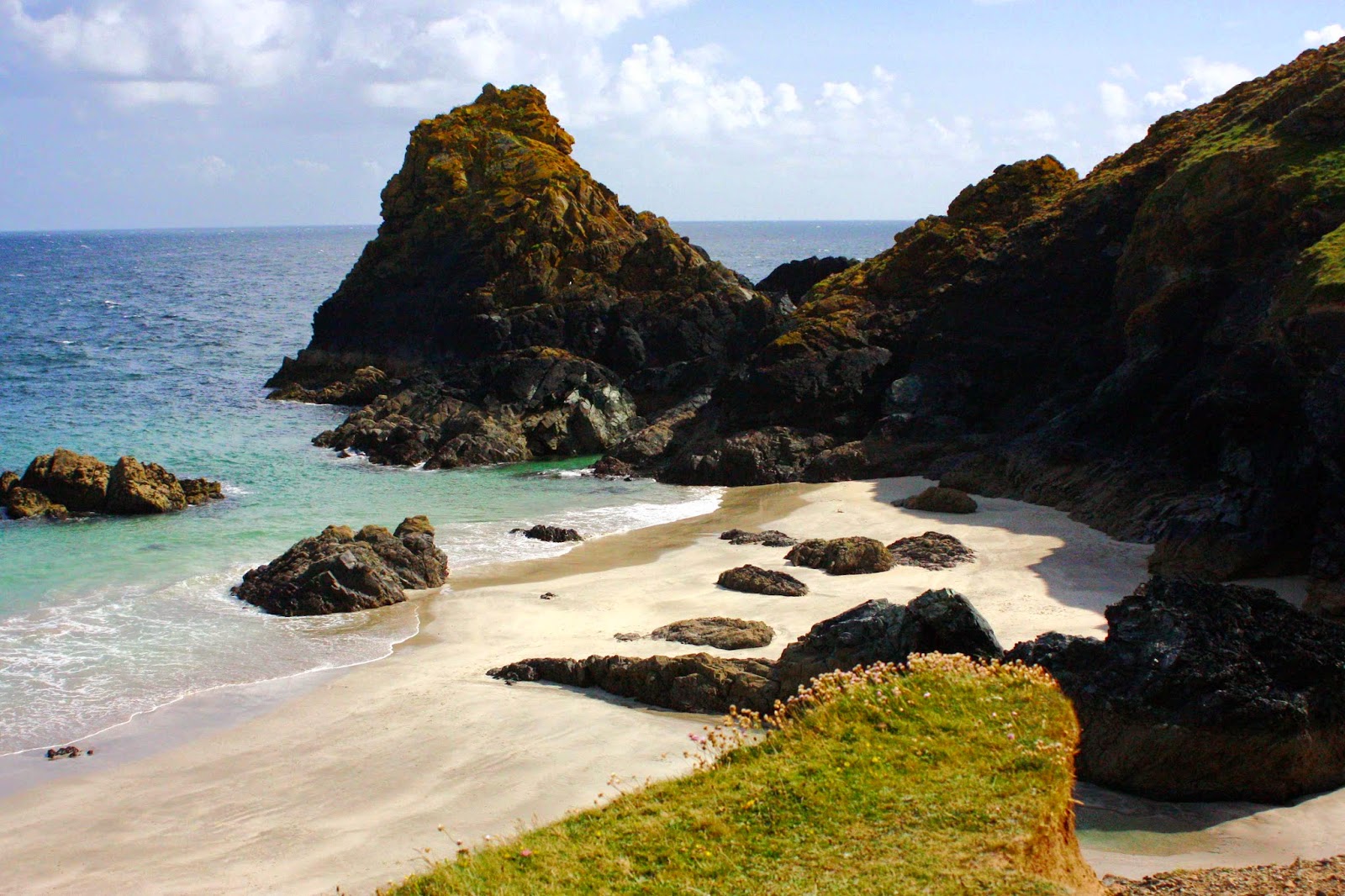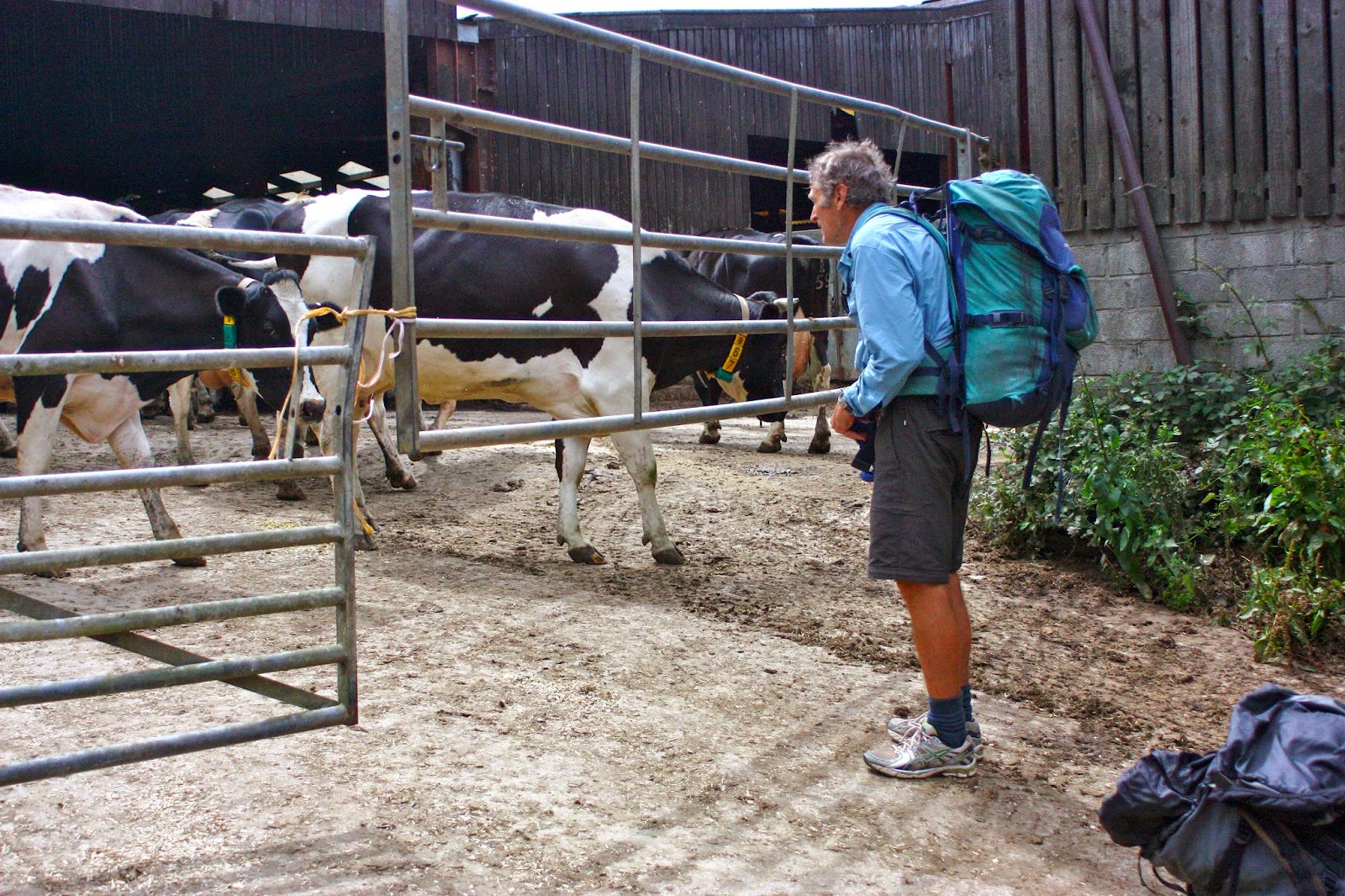AV2 is more demanding than its more easterly and popular sibling, the AV1. As my husband has had Parkinson’s disease since 2002 – an illness that robs its victim of full coordination and spatial awareness – I never originally intended bringing him on the AV2, but trying to please more people than just us, I agreed to do it with an acquaintance at the start of our European trip, which meant he would be there. As usual, I had masses of Plan Bs up my sleeve in case my husband should find it too hard.
Day 1. Excitedly we set out from Bressanone in the northern Dolomites, heading for the first hut on the route, the Plosenhütte (or Rifugio di Plosen in Italian, the second language for the region). I was on holidays, and for me, holidays mean freedom: freedom from set plans and bookings, and the release to walk at my own “happy pace”, which doesn’t seem to cooincide with anyone else’s happy pace, but I like climbing by myself and singing; it’s what I’m used to, and the way Bruce and I always operate in Europe. He knows I’ll wait for him at any significant spots. I felt so very happy to be here at last, walking in the mountains. Hopefully everything would turn out well.

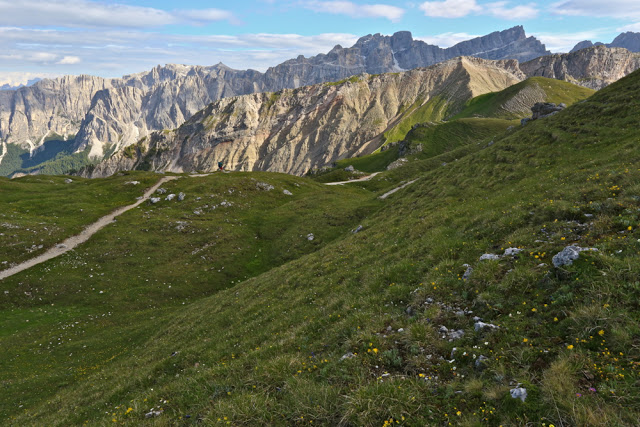
The scene along the tops was “sound of music” territory: open mountain slopes, easy walking until our compulsory descent, wonderful shapes and peaks and lighting all around. I had already done the official route and felt it could be improved by staying higher longer. The total loss and gain in altitude would even be reduced with this self-made variant. All three of us loved the route that resulted. Eventually, however, we had to do the necessary and drop down off our own mountain Gruppe, cross the stream in the valley below, and climb the pass that took us to the other side of the Afener Odel that we had been staring at since lunchtime.
Time was ticking by, and I was getting worried about our chances of securing lodging for the night (and, me being me, more importantly, of making sure we weren’t going to be too late for ordering dinner, normally 6pm). I wasn’t going to enjoy things any more until I knew for sure we’d get three places. The others agreed that I would climb speedily ahead, score the beds and food, and then come backwards. It was lucky I didn’t wait for them in the pass as I would normally do, as I had to do a fair bit of debating to convince the hut manager to take us in when they were already overflowing. Our beds were matresses on the floor in the corridor en route to the toilet, but that didn’t matter. Successful in my mission, I was then free to go back along the track, convey the good news and enjoy the now golden hues of the light as it gave definition to the peaks around and highlighted the colours in the grass and flowers. My husband had done two days of the AV2 straight off the plane. Everything was working out superbly.
Day 2 brought another variant to the main route, this one not invented by me. Having already done the official route, which I knew was too demanding for a man with coordination problems and vertigo, I opted for the longer, safer official variant that would add an extra day to our journey. It was beautiful, and enjoyable for me to see some new scenery.
Even this route, however, was not without its challenges, and I feared even this would overtax my husband. However, slowly yet miraculously, he coped with drop-offs to the side way below ones that I expected greatly exceeded his tolerance levels. At one point we passed a school group all wearing helmets (I hoped he wasn’t noticing the helmets). This queue then followed us up the first of his via ferratas. I think it helped him to be thus sandwiched in. They sweetly congratulated him at the top and we left them behind as we eagerly forged ahead to a late lunch at Rifugio Troier that we could see below. D won on the menu here with the most delicious penne cacciatore, hot in its cooking pan. I had shocking food envy, although my own lunch was also very tasty.
It was only a very short stretch from here to Ravensburgerhütte (/ Rifugio Firenze) where we were greeted by cows, and where we had time to relax, wash clothes and eplore a bit before dinner. I had a superb plate of mixed forest fungi cooked in butter, followed by delicious apple strudel – a meal that turned out to be one of the best we’d have on the AV2.
Day 3 began with a glorious dawn, giving fire to the mountain, as below.
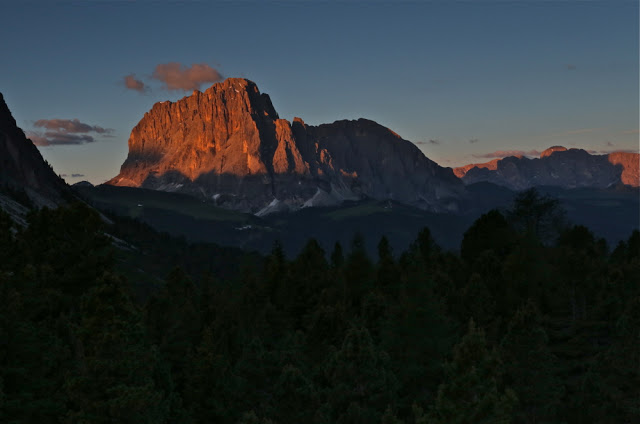 Glorious sunrise from the Regensburgerhütte (Rifugio Firenze). on Day 3.
Glorious sunrise from the Regensburgerhütte (Rifugio Firenze). on Day 3.
After a fabulous breakfast (complete with real and multiple cappuccinos – rare for a hut), we set out up the beauiful valley, ever approaching the pass for today. Had I known in advance how difficult this was, I would never have brought Bruce, but sometimes ignorance is an advantage (in this case, for both of us).
 Early morning light before we set out. Day 3
Early morning light before we set out. Day 3
Once more, inching his way through the tricky bits, he made it to the pass itself, and then suggested a rest, possibly more from fear than physical exertion.
However, I didn’t want him to rest until the worst was behind him, so pointed to a high bit we had yet to reach, and said we’d rest there, not realising how exposed the next ten minutes would be for him on a via ferrata with narrow shelf and big drops, with maximum penalty for failure – but it was too late to back out now. He said he was OK, so I went a smidgeon ahead and talked him through the challenging parts, reminding him to only look at the next step ahead and the steel coil.
Relaxing on top with an Italian couple decked in helmets, karibiners and slings, I evaded Bruce’s questions about the following section.
“Where were we going next?”
“Oh, somewhere over there,” I swung my arm in a broad arc that happened to include the next part, but also encompassed many gentler possibilities. I could see the thin band on the steep scree slope that constituted our next move. No point in evoking panic ahead of time.
We left the Italians behind and forged on to the next hut, with Bruce once more mastering his justifiable fear. He was dropping badly behind at this stage, and as I walked and saw the distance between us increasing, I made the decision to call it quits at the hut we would arrive at before lunch. I booked us three beds on arrival.
Bruce’s face at lunch was spent, but showed definite delight when I announced the new plan. After lunch, probably more emotionally than physically exhausted, he slept and I climbed some extra mountains. D did a combination. He was even relaxed enough next morning to come climbing with me for sunrise photos. I was stunned that he’d made it here to Rifugio Puez.
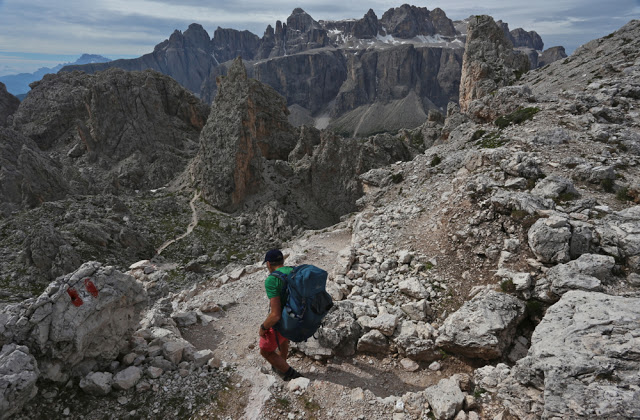
On the way down to Val Gardena
However, as we neared the pass, I decided Bruce needed a break from extreme fear, and I knew the next section was very technical. I would have enormous fun, but I knew it would terrify him if he attempted it. Thus, while we ate apple strudel in the pass, I suggested he take a bus to Passo Pordoi and stay the night at the fabulous Hotel Col di Lana (where the staff took solicitous care of him and fed him like a prince), while we went up high. We would join him the next day.
We saw him off on the bus, and then began the hugely fun climb using the via ferrata, up to Rifugio Pisciadu, nice and high. Scaling those cliffs was possibly my favourite part of the route.
I arrived at Rifugio Pisciadu at the top of the climb hungry and very ready for the delicious lunch I was served. I was surrounded by snow and ice and huge rocky pylons. I was in love, and had fun, as usual, exploring my surroundings as friends dribbled into the hut. My Norwegian friends even went swimming amongst the mini icebergs. It was too glary for photography, so I mostly chatted and read, waiting for the next instalment of delicious food, and for sunset. I had high hopes. The mood at dinner was one of elation. Everyone had climbed there, and all were excited.
 We climbed up that gulch to reach the refuge
We climbed up that gulch to reach the refuge
Whilst the once more united husband and wife shared lunch, clouds rolled in, causing me to doubt whether we should bother staying up high. The pleasures of a shower and good food in the valley were calling fairly insistently at this stage. However, I decided I’d be disappointed later if it cleared and we’d gone down for mere bodily comforts. So we stayed where we were, at Rifugio Forcella di Pordoi.
The resulting sunset and sunrise photos show that the call was a good one! We were very excited by the views after dinner. I am so very glad I experienced that sunset and later sunrise with Bruce!! Who knows how many such glorious moments we have left to share. You never know what the future holds, but especially so when your partner has Parkinson’s.

How can you call a halt after so little exercise? I devised a circular daywalk once we’d settled in to justify the location, and we were all happy. It was great to wash our hair and to eat such splendid food, and the daywalk was very beautiful.
Just before I left to climb a ridgeline after lunch, Bruce joked about my “consolidation of the rest day”.

The valley had been hot and oppressive. Now we were high again, breathing was easier, but it felt decidedly humid. I could see that my husband was starting to fade, so I called a quick chocolate stop so we could all refuel in case of rain. Eating in a downpour is not fun, and neither is running out of energy before the top. We were only about 15 minutes away from the pass at this stage – whichever pass it was. It was hard to tell from where we stood, greedily munching, but there were only two possibilities, and both were in our sights.

As the delicious choco-marzipan combo did its work, the rain began. Fast and heavy. We threw on our coats for a second time and shouldered our packs to be moving and keep warm. We assumed that, like the last downpour, this one would last maybe15 minutes. Loud thunder started rolling around us, and the rain was so heavy it was hard to see. Soon lightning began flashing at us, all too near. It was unnerving, and each time the thunder boomed, it made us jump with its ferocity. I looked for a friendly rock or anything that could serve as a shelter but there was nothing.
Soon we came to an expected fork in the path, with one narrow line of dirt heading up to the pass 100 vertical metres above to the right, the other contouring more before climbing to the pass slightly left of straight ahead. Flash, boom. The rain poured down on us. There were no signs at the fork, and I couldn’t get out the huge, unwieldy map. It would be papier mâché by the time I’d unfolded it and worked out our location. (We had just walked onto this map at the last town, so I hadn’t yet unfolded it or highlighted our route. These maps are bigger than ballgowns, and in this weather, it would take all three of us to hold it down. It had been so mild and peaceful in the valley I had never anticipated a need such as the one we were now in). Not wanting to destroy the map, I made a snap decision in favour of the lower of the two passes. None of us wanted to get nearer to the lightning by going any higher. It even looked as if we could walk out of the storm if we went to the pass on the left.
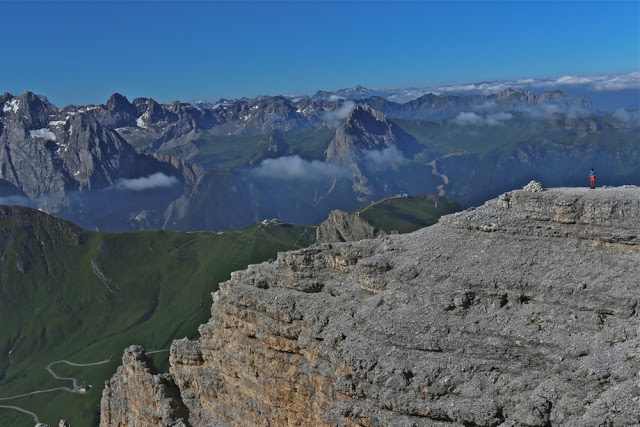 Can you find my daring husband?
Can you find my daring husband?
Boom, crash. Now lightning and thunder were worryingly close together as we hastened along the trail, which, like all high alpine passes, offered no hint of protection. Our heads were bent low to keep the weather off our faces, shoulders hunched in some kind of protective mechanism against the blast. We reached the pass to read its name. Damn. Wrong name. Our pass had been the first, higher one. We looked back to it with its even angrier clouds and nastier flashes of lightning and did not regret the decision to be in this pass at all. The problem now, however, was how to eventually link with the path we should be on. We agreed this was a problem for later, to be solved in a valley in shelter, and the important job for now was to get out of our current location and lose height. In a rare lull in the rain, I pulled out the map, unfolded the monstrosity and ascertained that if we kept forking right at all options, things would be for the best. As I refolded her up, the thunder, lightning and rain began again.
For maybe two minutes, the path on the other side was a good and clear one, after which it disintegrated to become a vague, ten-centimetre wide, muddy line, only discernible if you were searching for it in the long grass. This obviously wasn’t a well-frequented route, although sheep used it. We were now heading for what was the top of a monstrous cliff where half the mountain had fallen away. It looked amazingly dramatic, especially as sheep were grazing precariously on little grassy islands that seemed to be balanced on thin air. Below was a drop to infinity off the other side, so, whatever this track was going to do, it was not going to continue in its present direction. How I wanted a photo of those sheep on their funny islands, oblivious to the fact that if they took one step more, they’d drop six or seven hundred metres to their deaths.
Slowly I angled us along the slope which had a drop even on this side that I hoped my husband had been too busy following my steps to notice. D stayed with him, kindly encouraging him as he cautiously inched his way along, and I went on about twenty metres ahead of the train so I could suss out the best route, for now the tiny path had become a dangerous mud slide; we were on a dramatically steep slope, angling through the slippery grass, clutching more grass to stabilise ourselves. Had we tried the “path”, it would have been a record-breaking trip down the slope. Being ahead, I had time to peep over the precipice while I waited for him to get to the next move I’d made. Wow, what a drop, and what dramatic weathering in the rocks – almost vertical. Half the mountain had quite literally fallen away.
On a declivity between two grassy islands perched on the edge of this precipice, grew three little larches. I suggested we have other quck chocolate break to keep up our energy. The rain had abated a little, and the others seemed glad to have a short refuelling pause. As we chewed two minutes later, however, the hail began – huge, grape-sized bullets of ice, falling in sheets so vast that the landscape rapidly went white. Despite our little troika of trees, we felt very unprotected here, so as soon as the drop rate decreased (but didn’t cease) we set out again to lose height. Now there were giant ballbearings of white ice to negotiate as well as a muddy slope that made your average slippery dip seem to have a very gentle gradient.
The going was painfully slow, and then the hail gathered force again. Ouch, bang. Every time these projectiles landed on your body the pain was extreme. I began to fear that we would be knocked unconscious by their force. There was another larch ahead, bigger than the last babies, so I ran there to put my head under where the trunk bent a bit. The others followed, so we were soon in a tiny, shivering huddle, protecting our bodies against this onslaught. I was freezing, but opening my pack to get clothes was impossible. I couldn’t take off my pack or undo it, and the thought of taking off my anorak, even for a second, was unbearable. Fortunately, D took contol of me, and steered me into her spare jacket, tugging to get my wet, stiff arms into the sleeves. Sheets of ice continued to spear us.
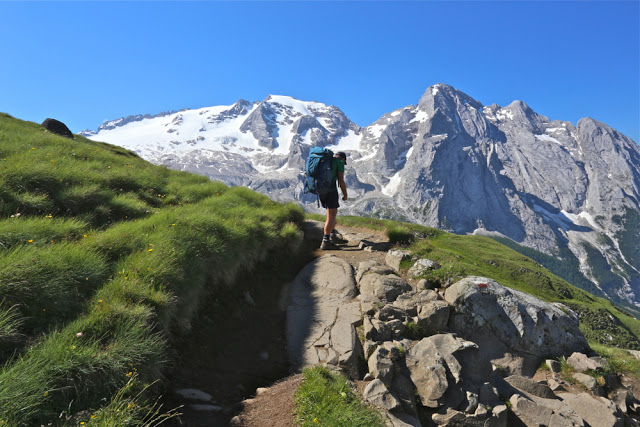
As we waited for a decrease in fire, we noted that we were now nearing the tree line, which brought some comfort. Surely there’d be shelter in the forest. When the ice barrage lessened its intensity, we made another downward dash. I tore down the slope to the next tree but looked back after less than a minute’s running to see Bruce way behind, gingerly feeling his way through the ice. I hadn’t anticipated his being quite that slow in this new obstacle. The ferocity picked up once more. I could see the other two choosing a tree pair with space in between. I had chosen a baby Christmas bush (no trees were available where I was waiting) and tried to cover my head with branches to stop being knocked out. By now the ground was 10-15 cms deep in iceballs, and any sign of a track had disappeared. I had to choose the most logical route down and hope that the track was underneath.
Once the fussilade had abated again, I once more went slightly ahead to concentrate on route finding, letting out whoops of joy if ever I spotted an indication that the route I was choosing for us converged with the official one. The slope was still perrilously steep and Bruce was having trouble enough on the “official path” without adding the complication of free-lancing into the wilds.
Eventually I let out another whoop. The line we were following widened ahead. We were going somewhere, but were too cold and wet to care where. “Somewhere” was going to have shelter. Now we were happy as we continued to lose height.
Just when we thought our trials were over and that dry, warm conditions were coming to greet us, our widened path – by this stage of four wheel drive dimensions (we really were getting near ‘civilisation’ now) – had to cross the stream. But the stream was now a raging brown torrent of unknown depth. I found a route across, but the other two were a lot more cautious, and baulked at following me. Eventually, however, we had all three on the other side of the latest obstacle. Unfortunately, we had to repeat this cute manoeuvre three times before we were finished.
We also had to deal with being given false directions to where accommodation lay, but ultimately we found what we needed, a town with a hotel (Felice – how appropriate was that name). Food, hot showers, fluffy towels, duvets. Bliss.
The next morning I knew it was time to give up. I was stunned that Bruce had coped so well with so much danger and fear, but, well, I had never really thought AV2 was for him. We;d undertaken it under pressure because I hate saying “No” to people. I had been proven right. It was time to switch to the much less threatening AV1, where Bruce could relax a bit more. Bravery has its sensible limits.
